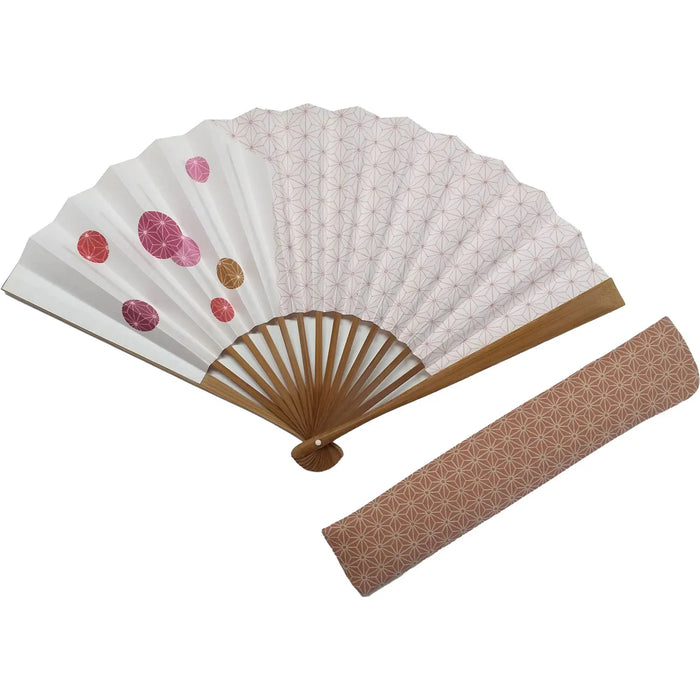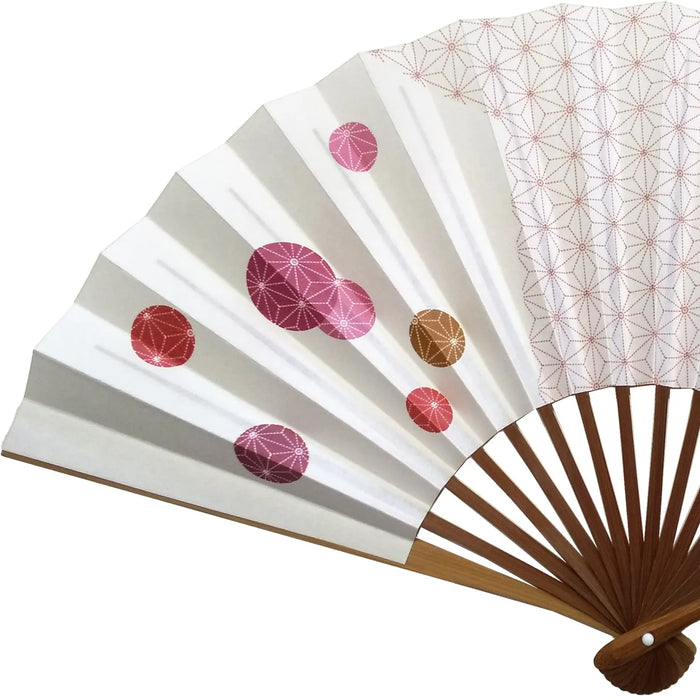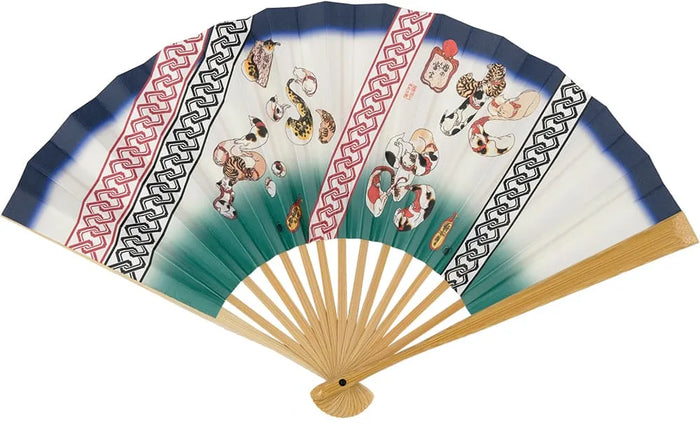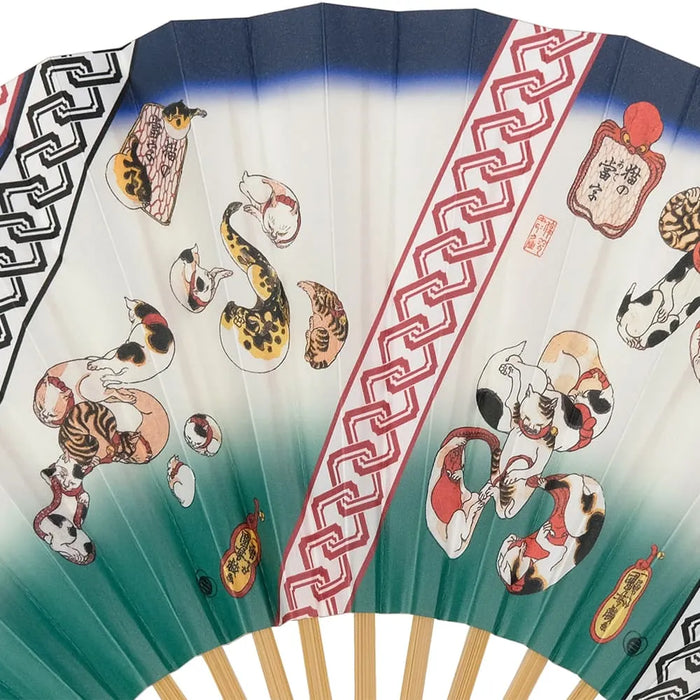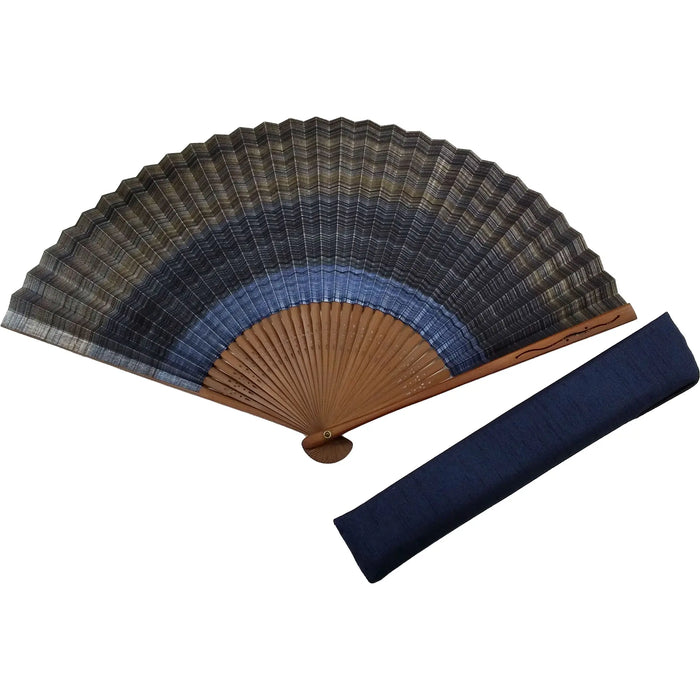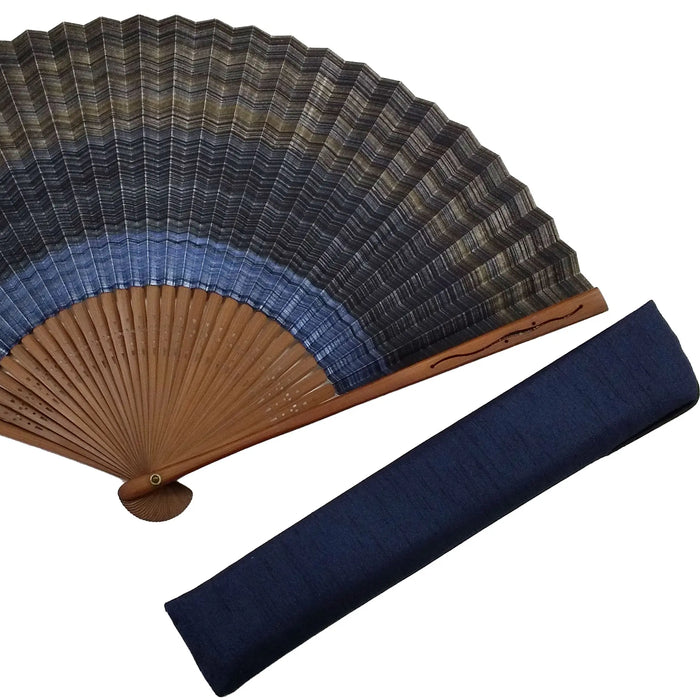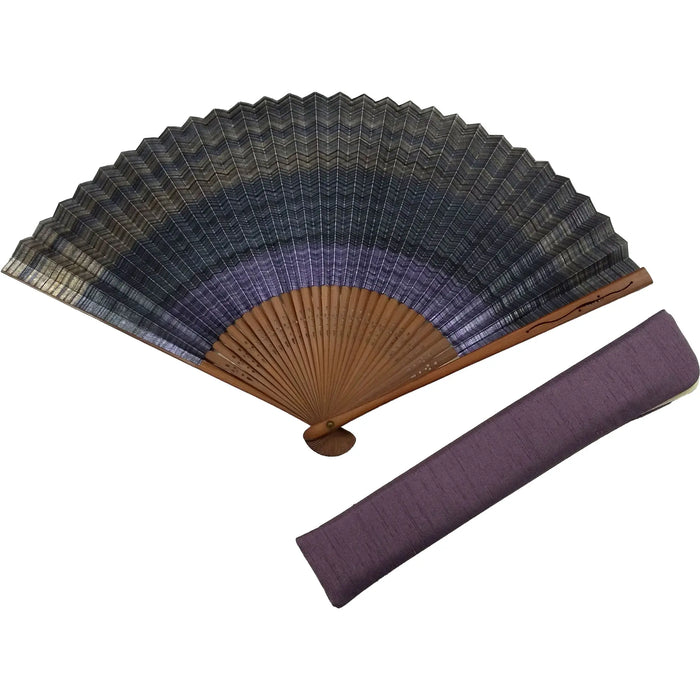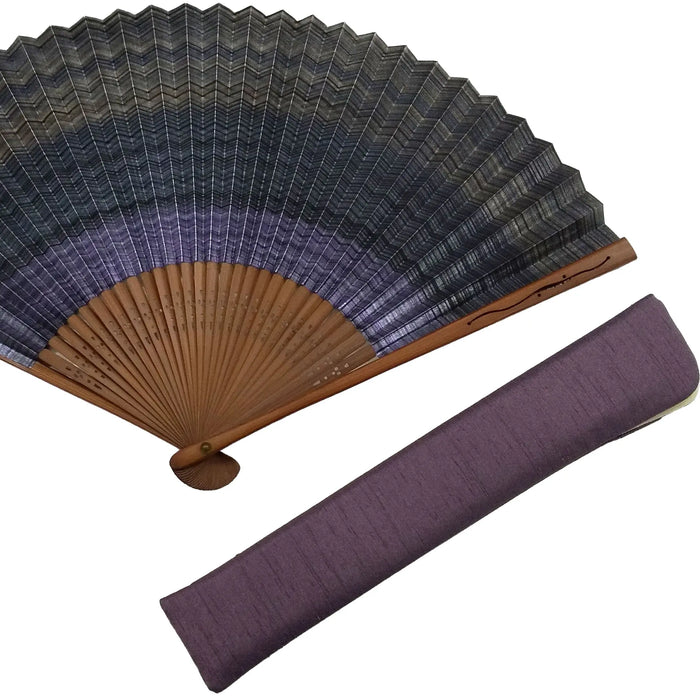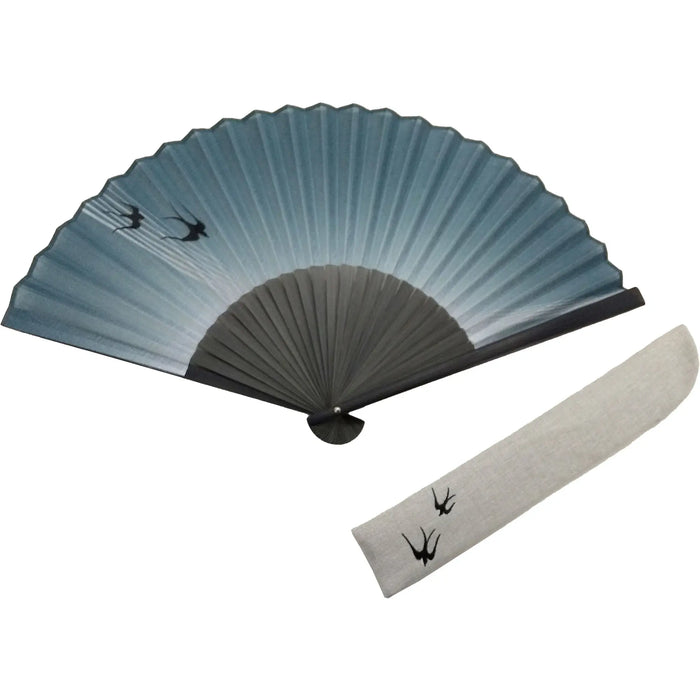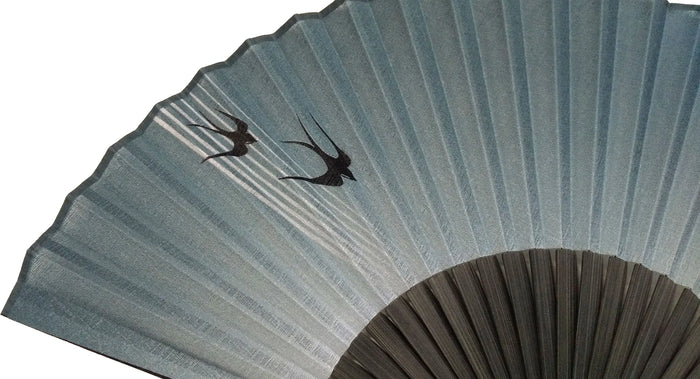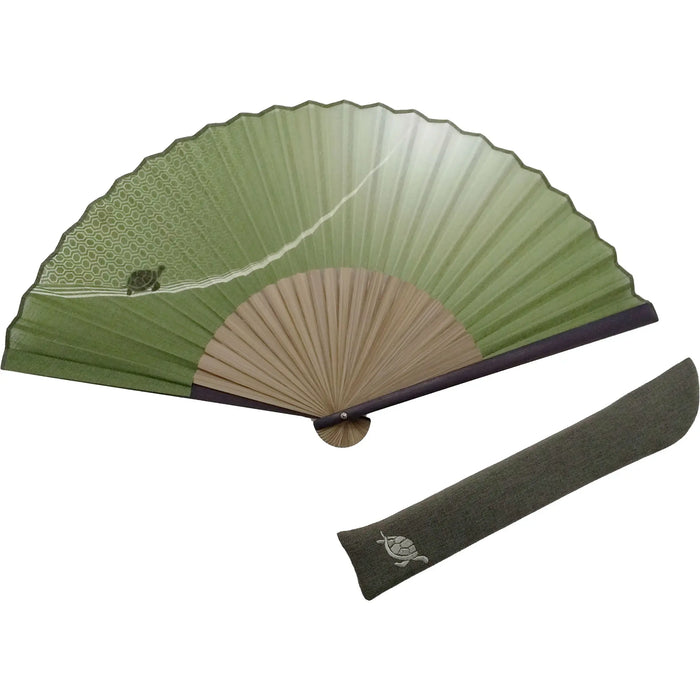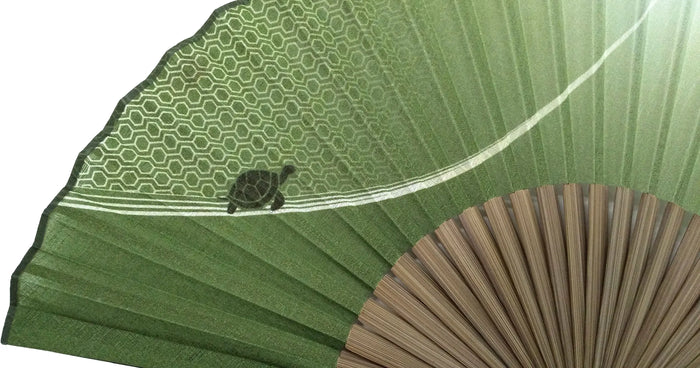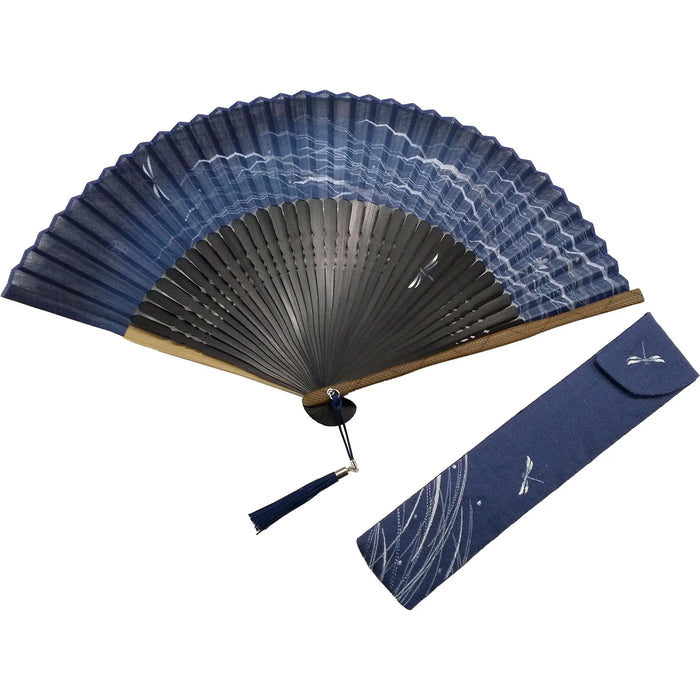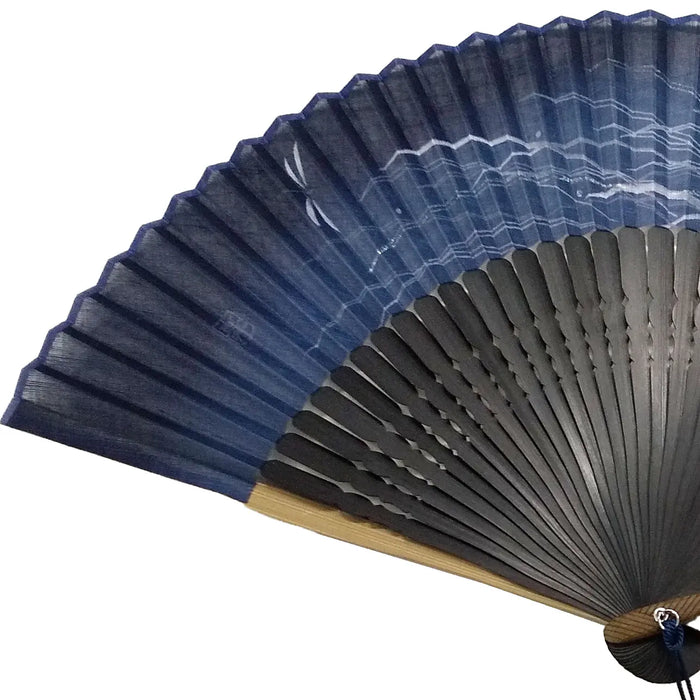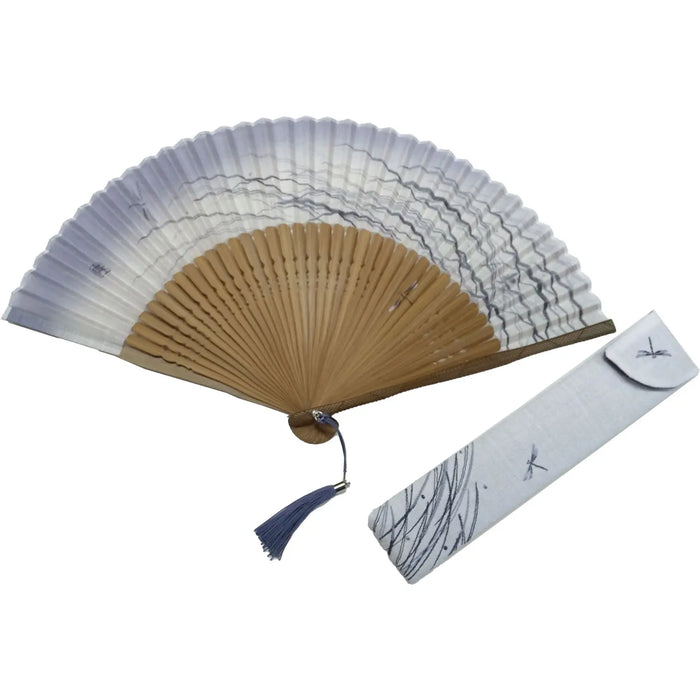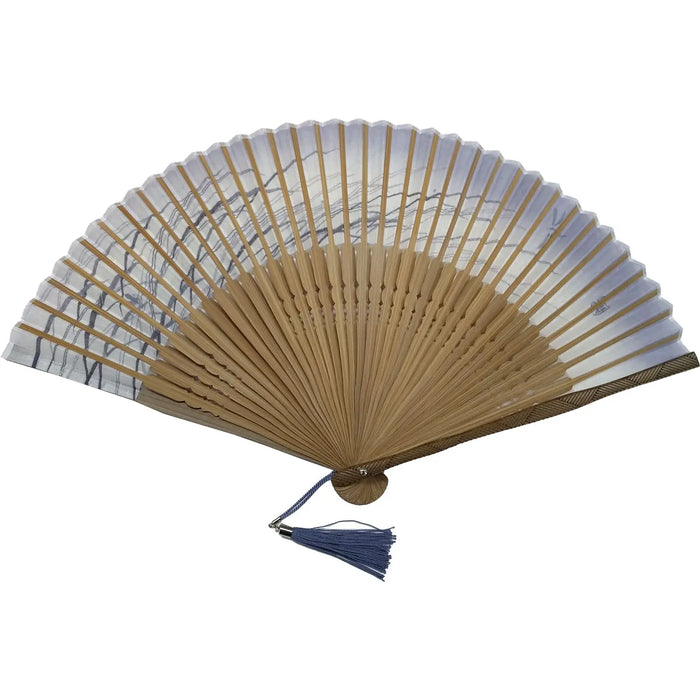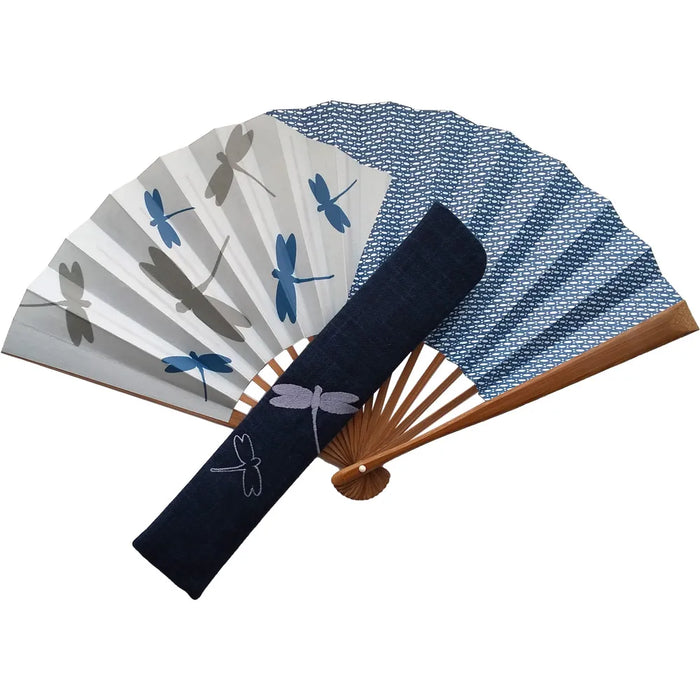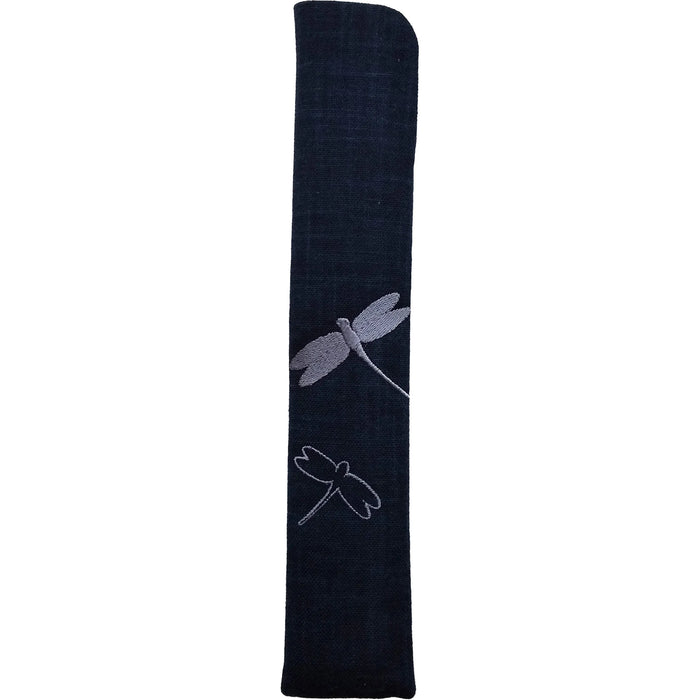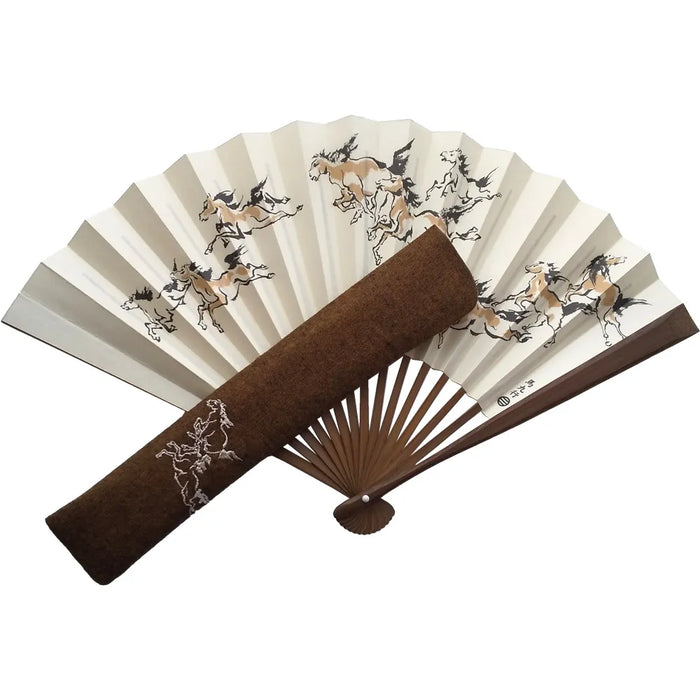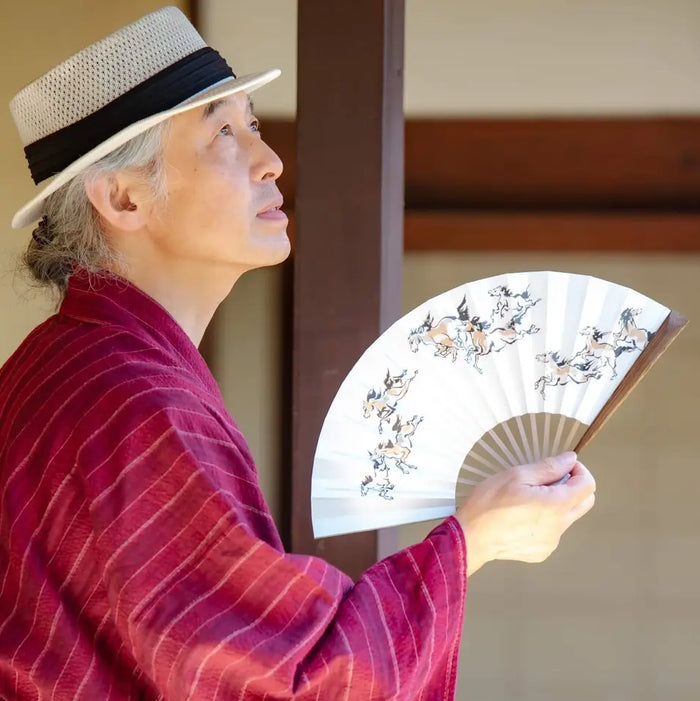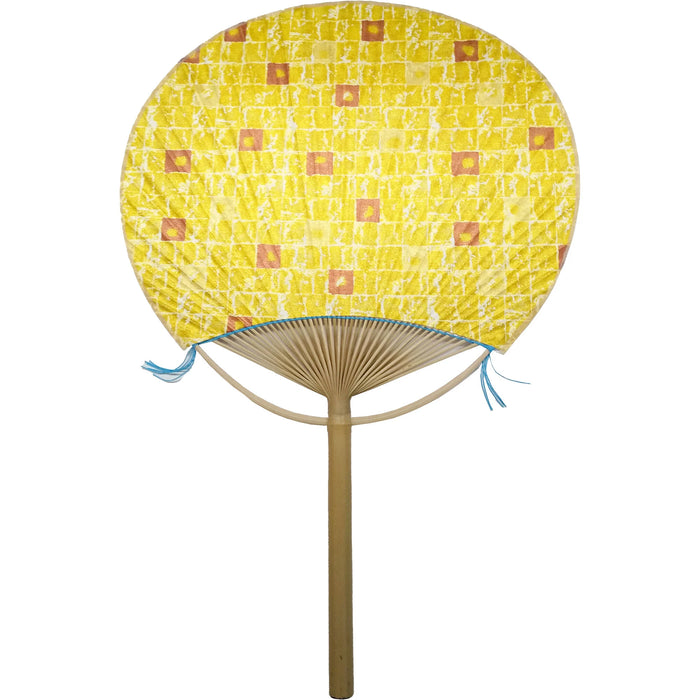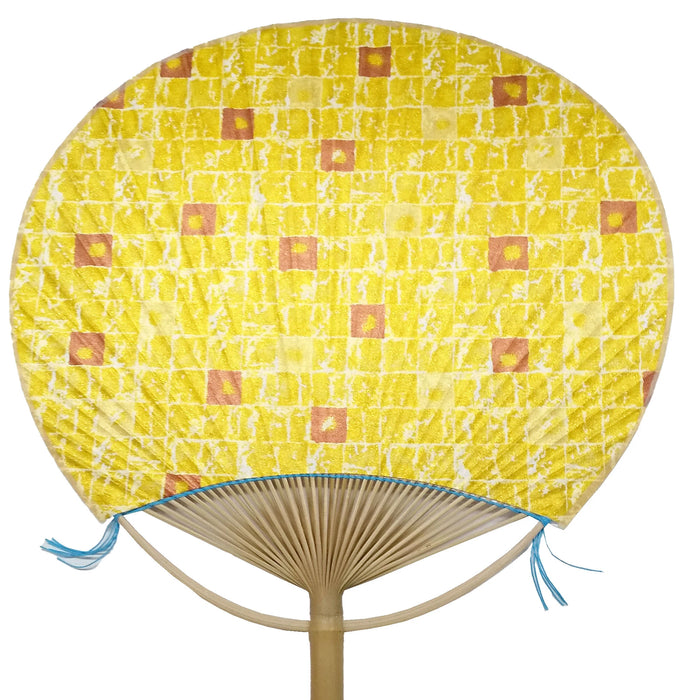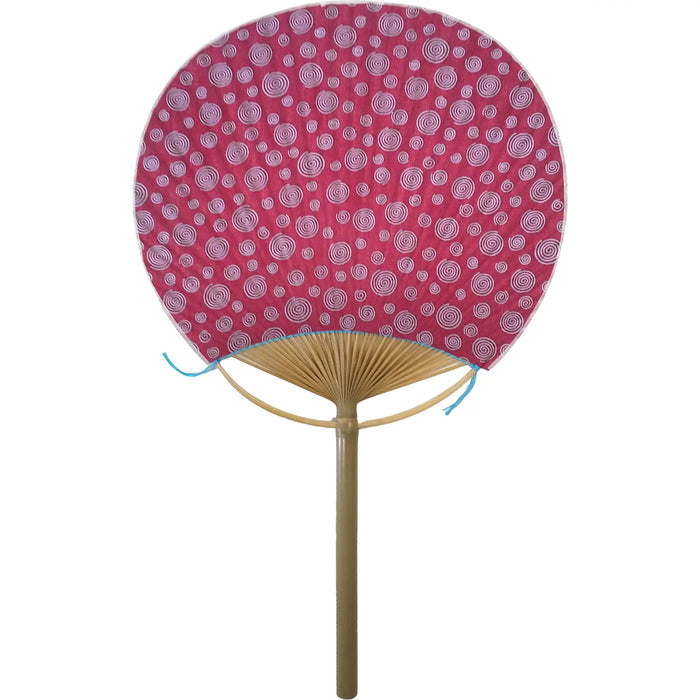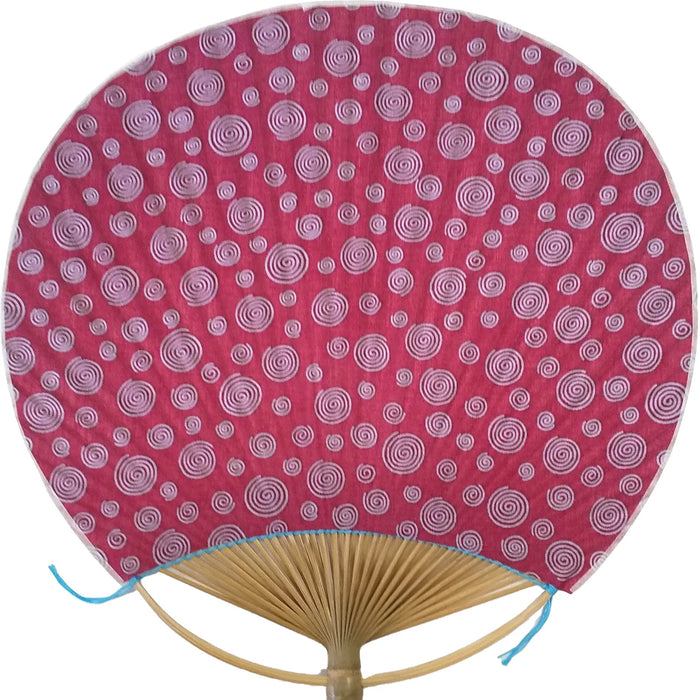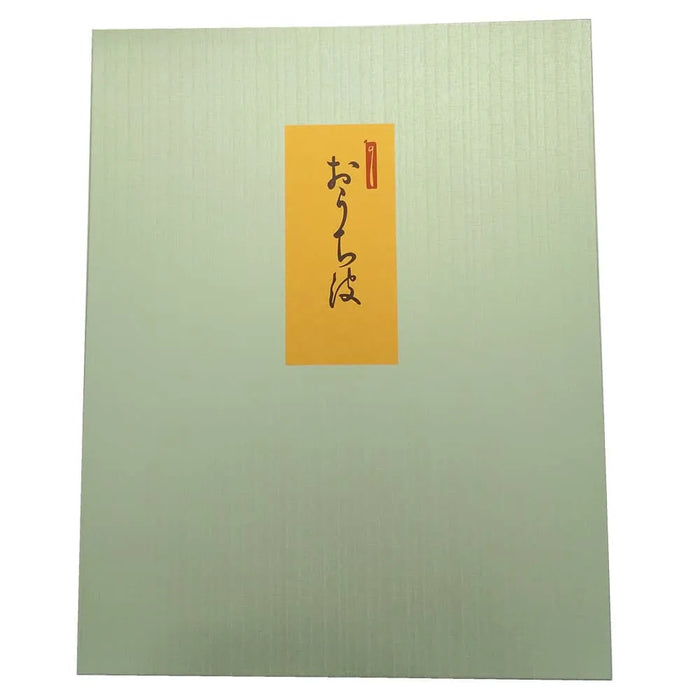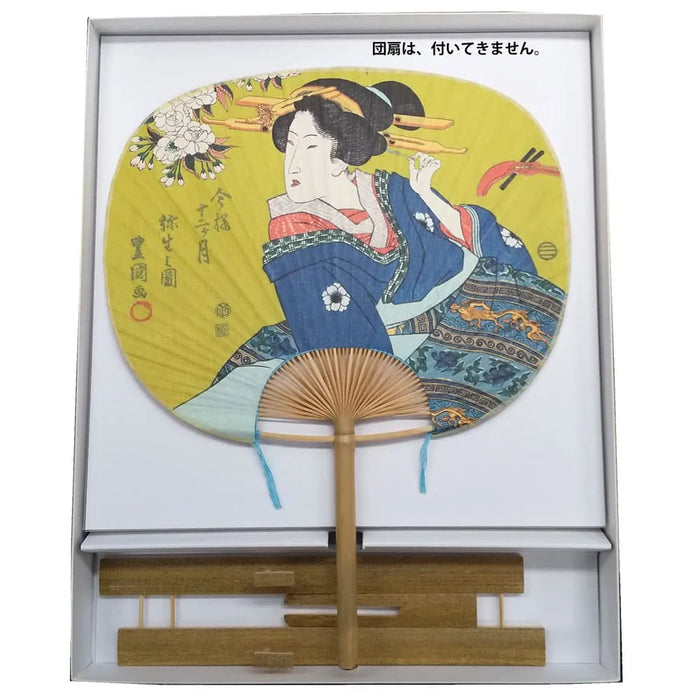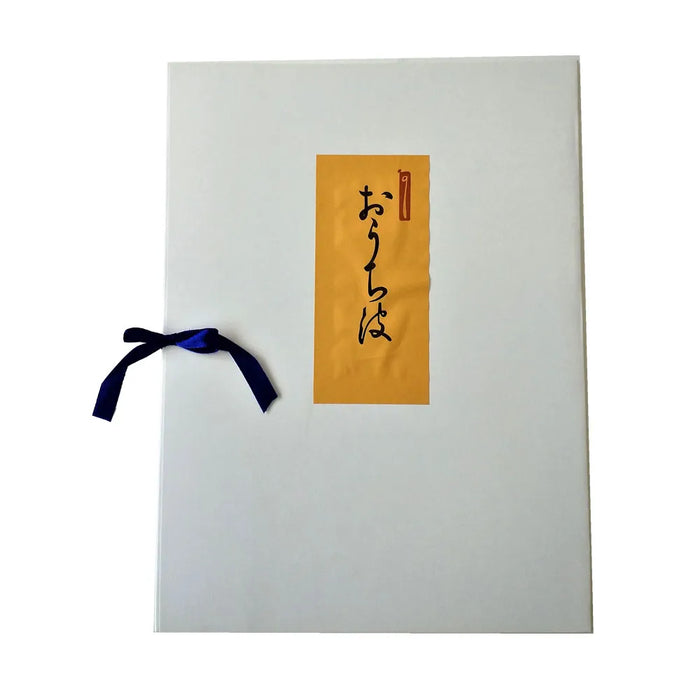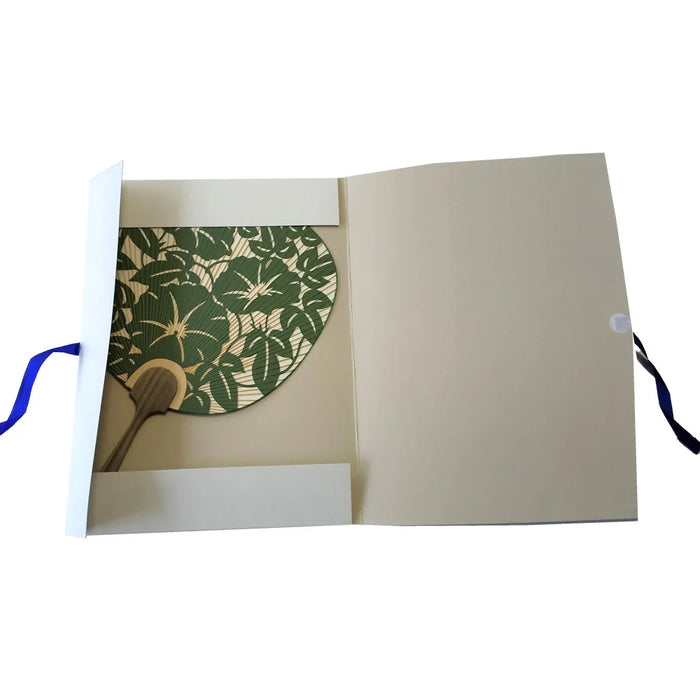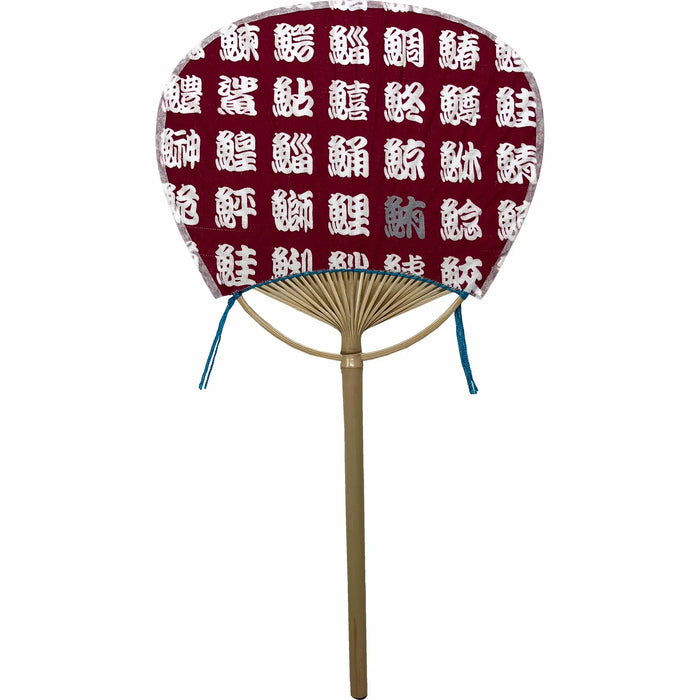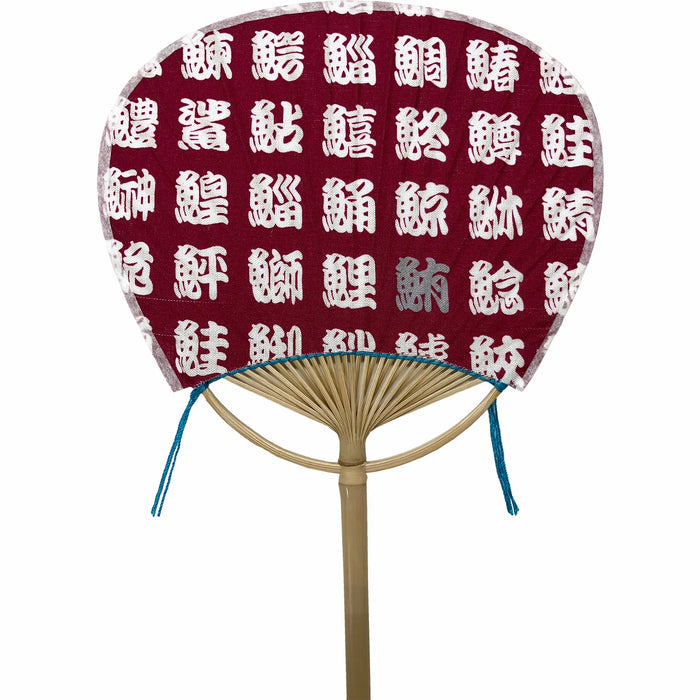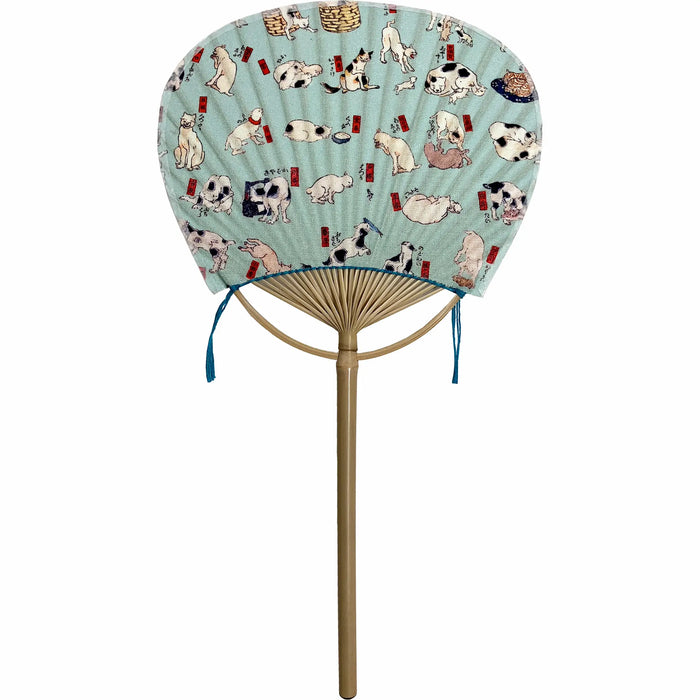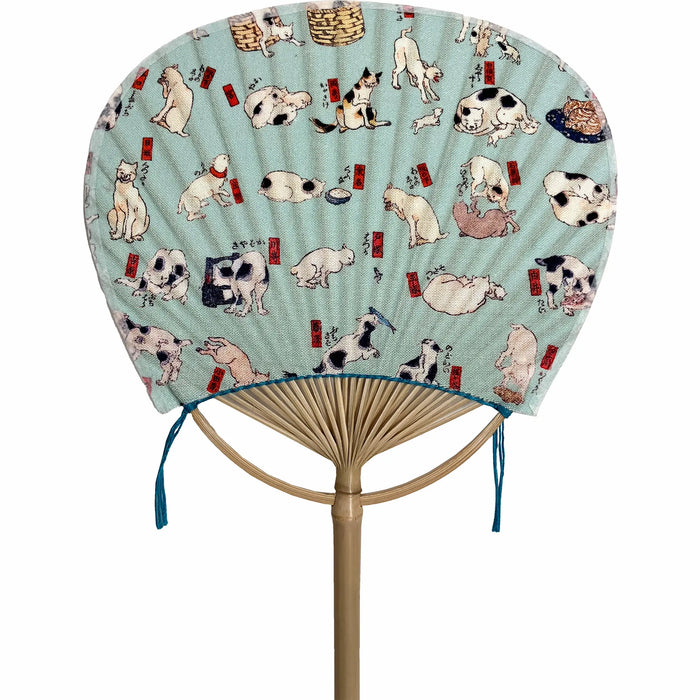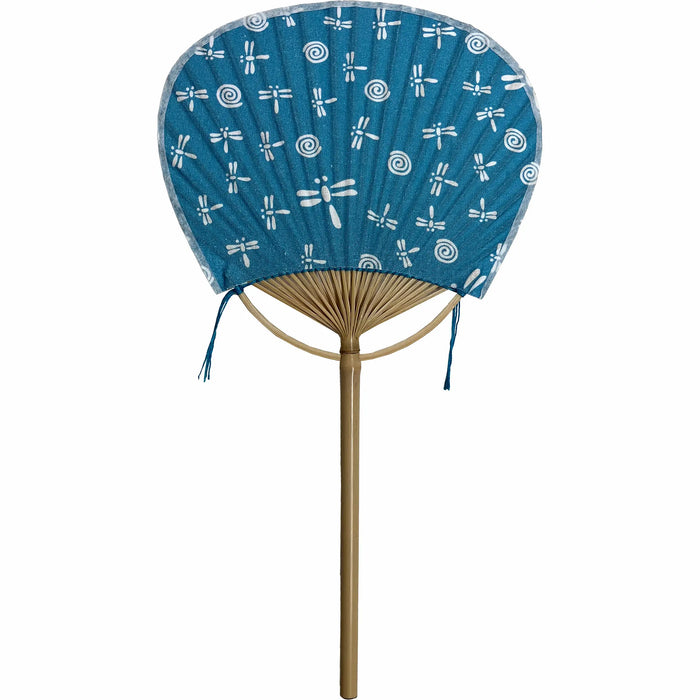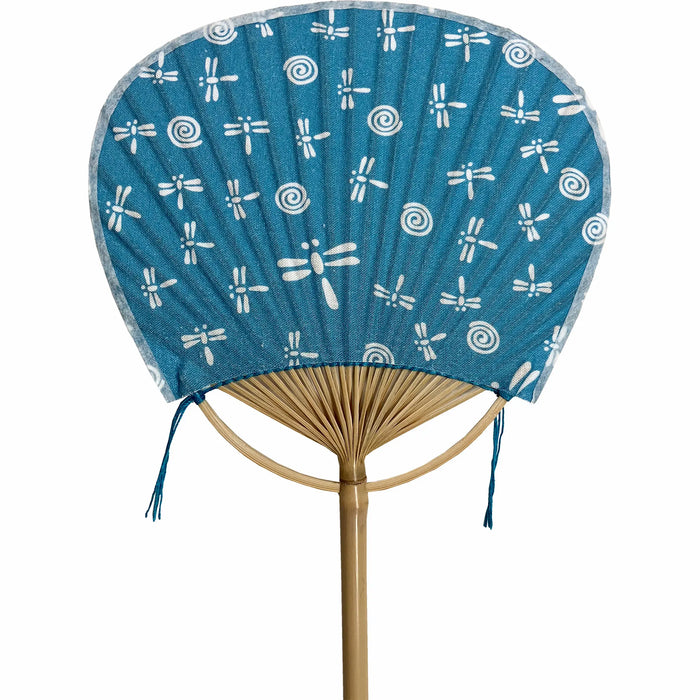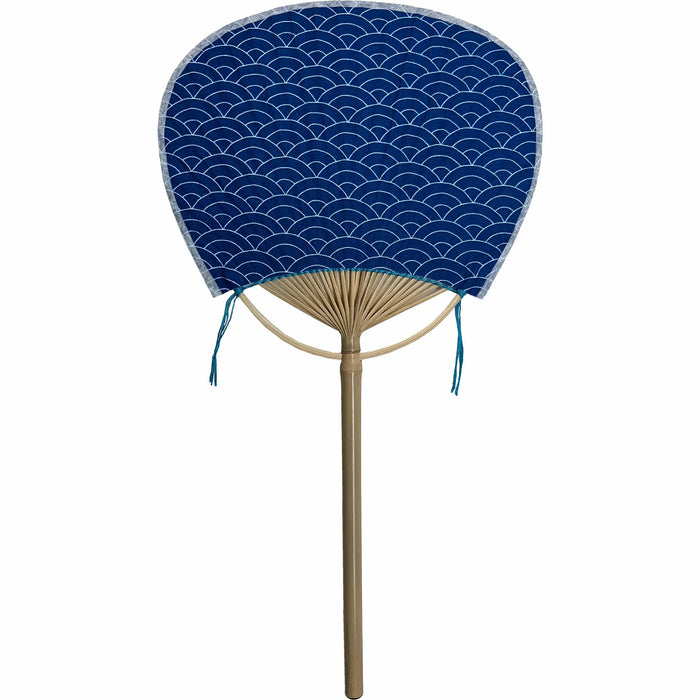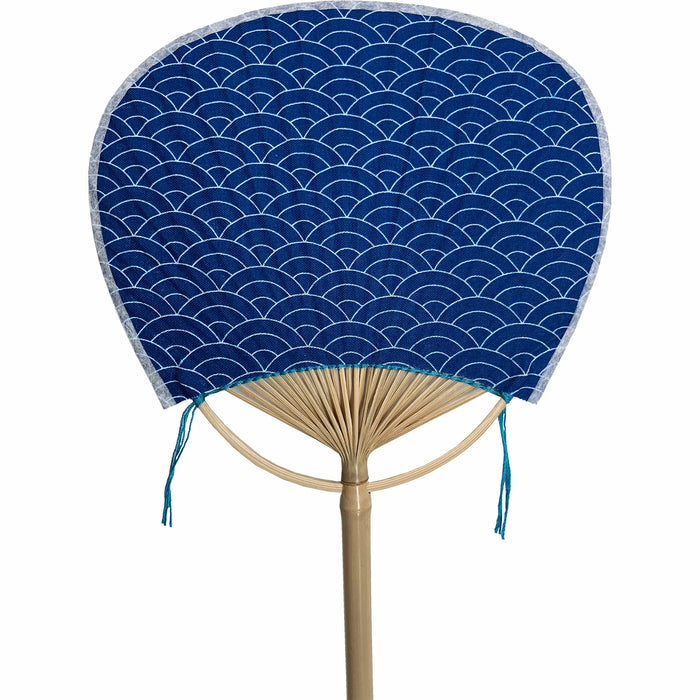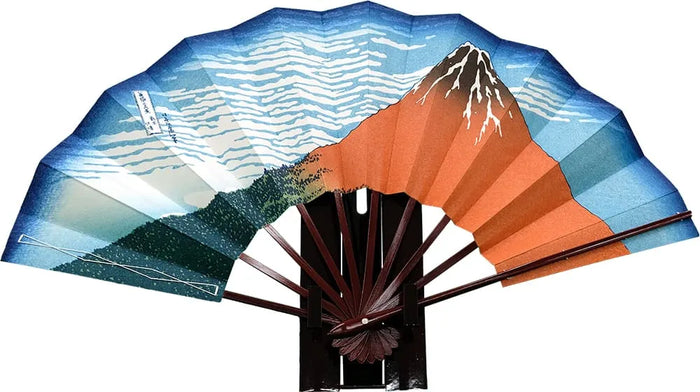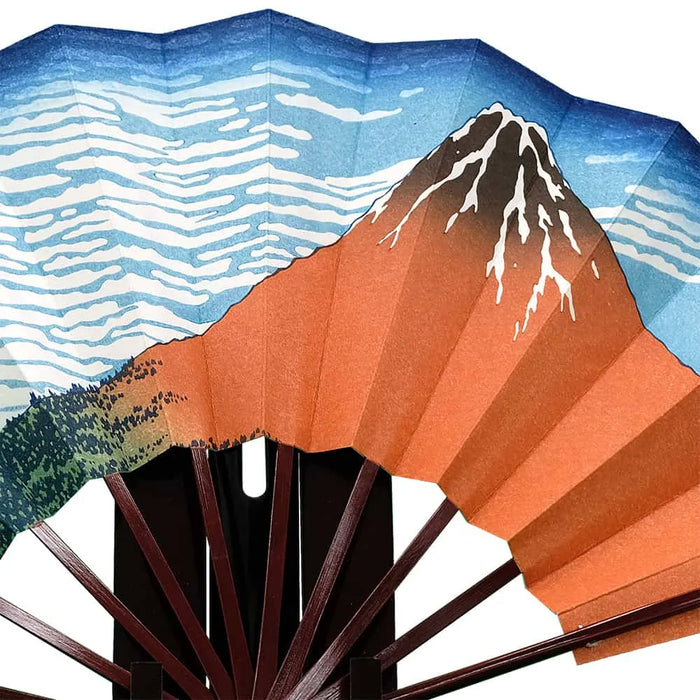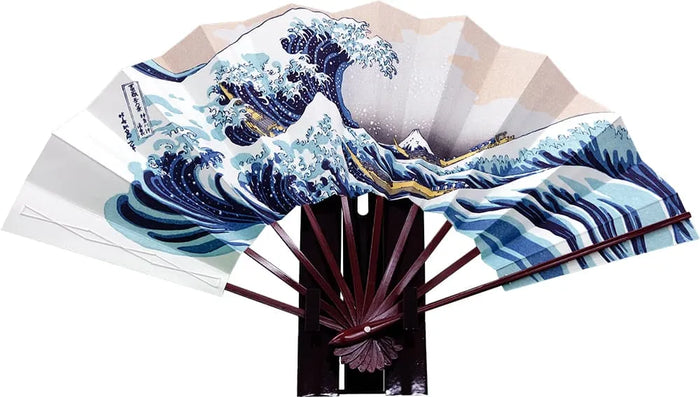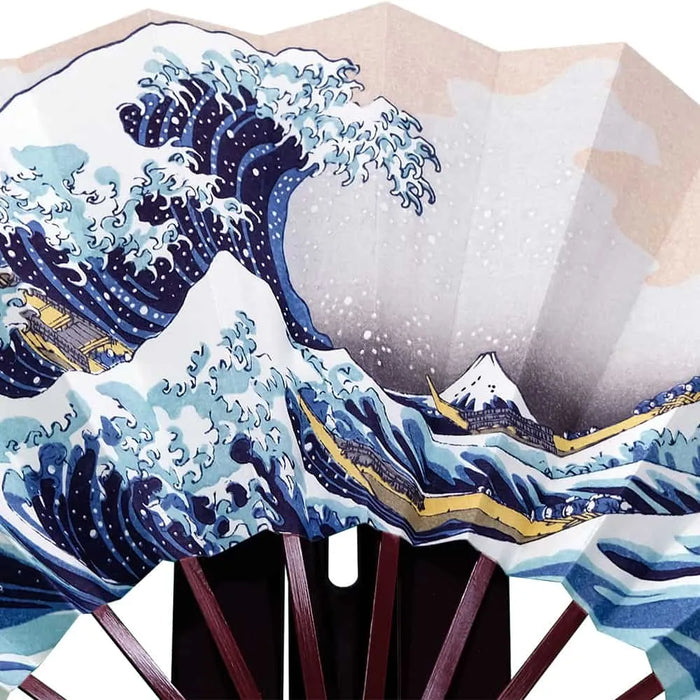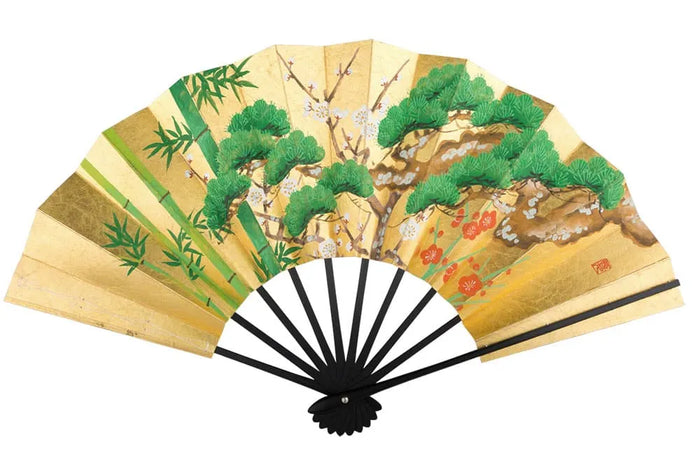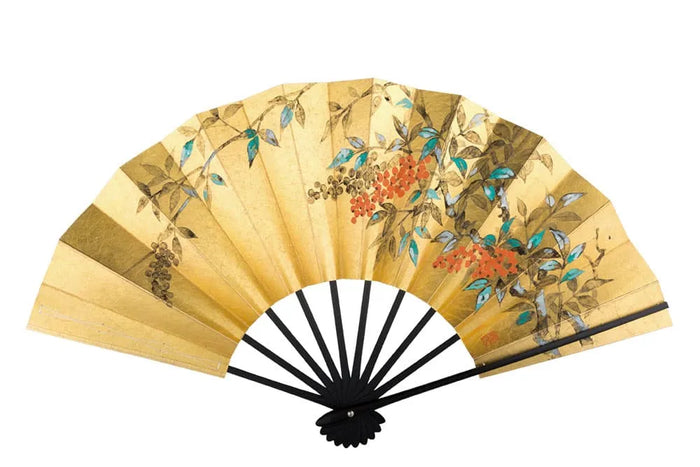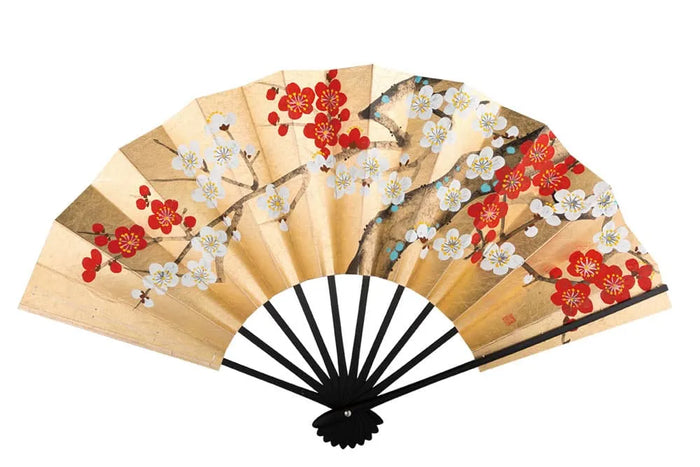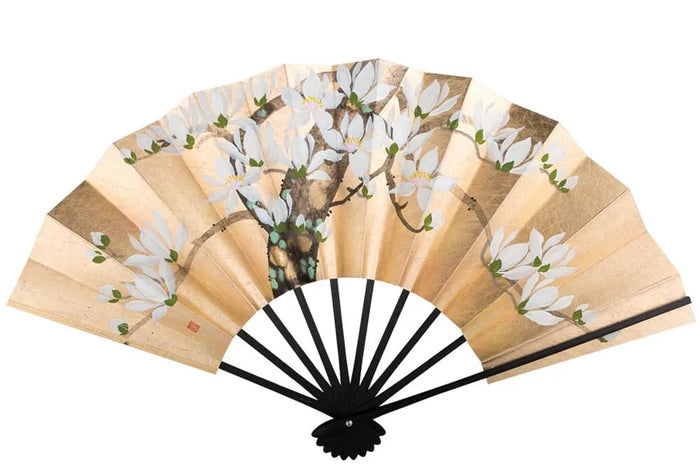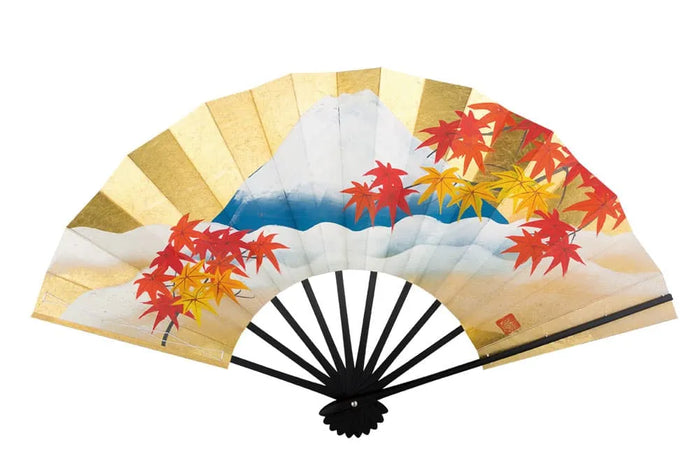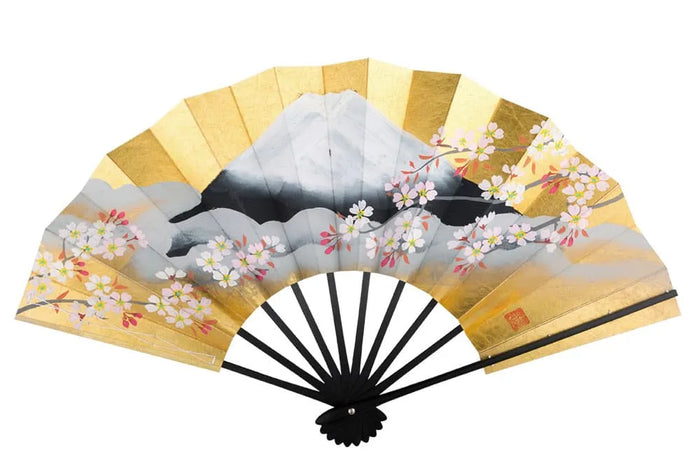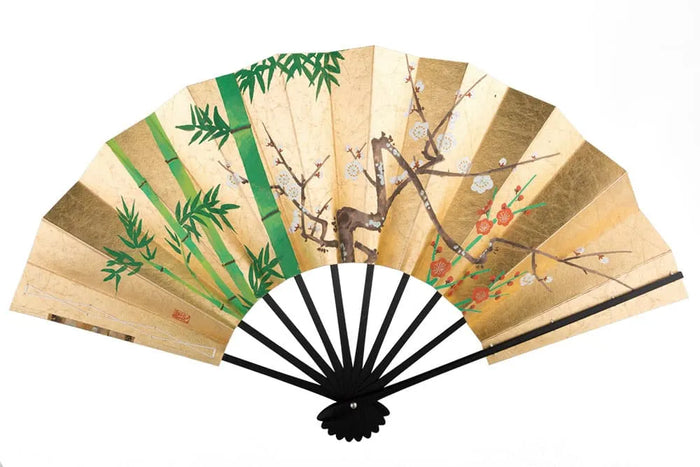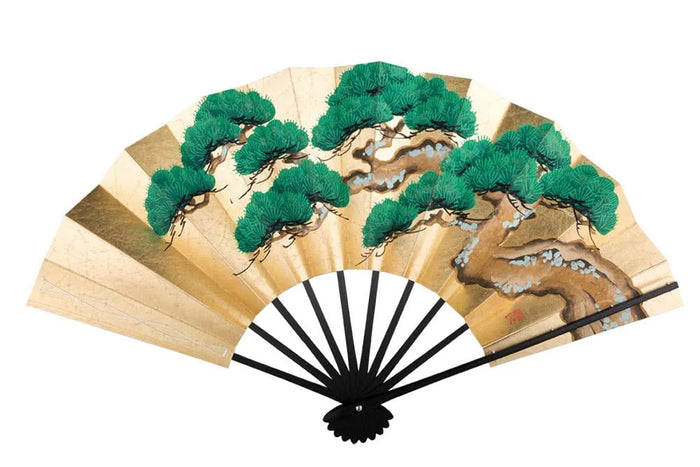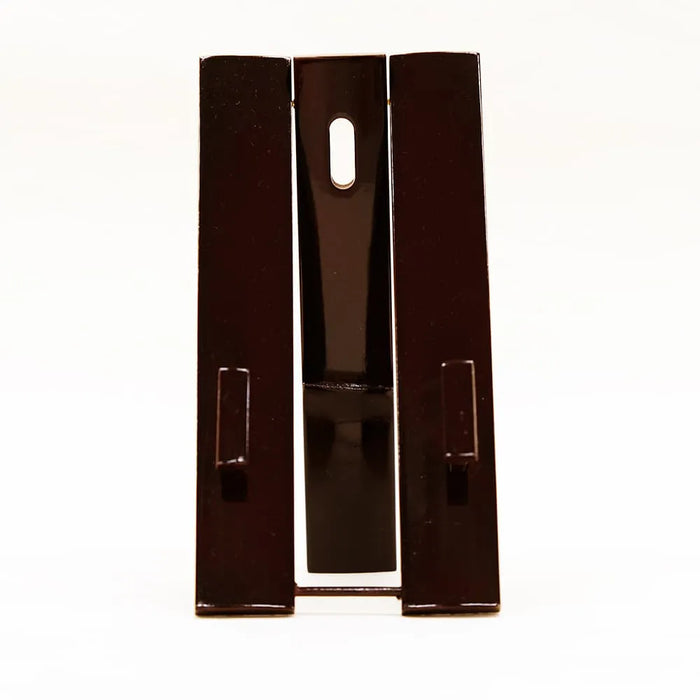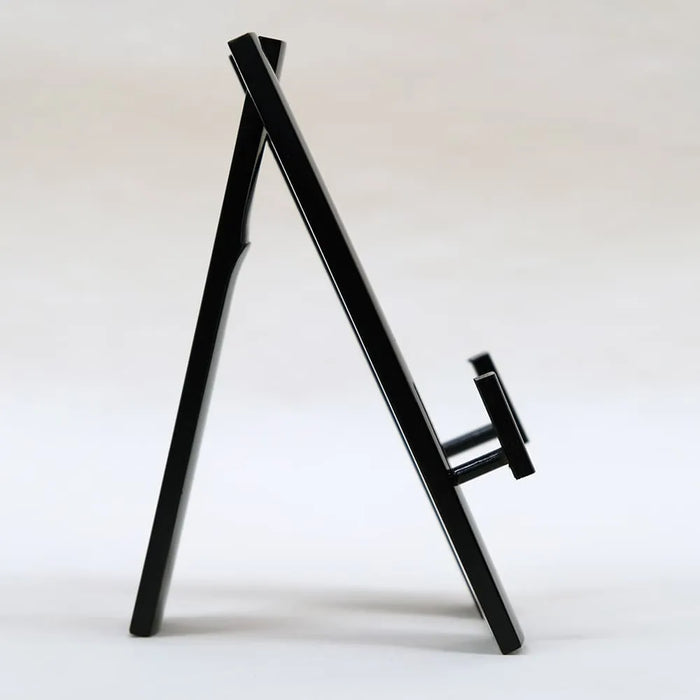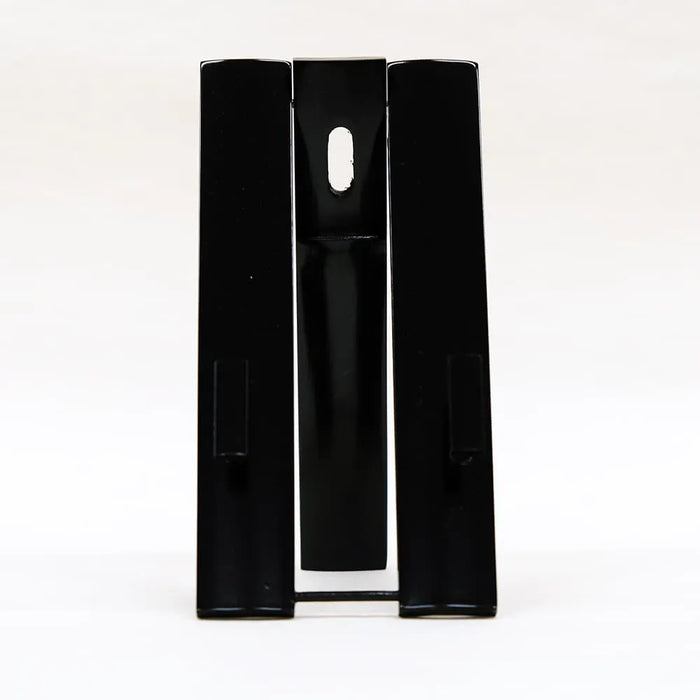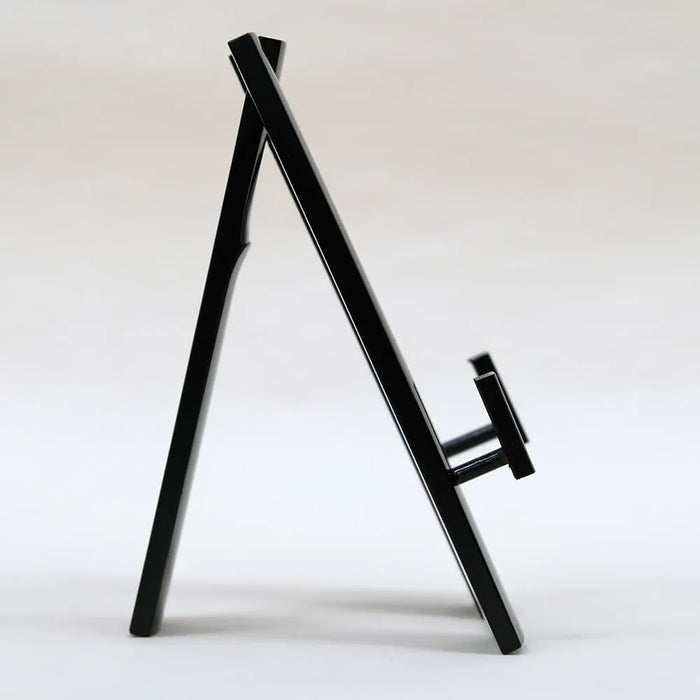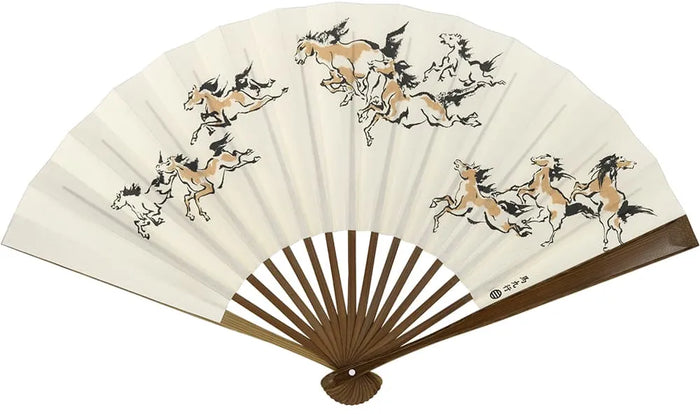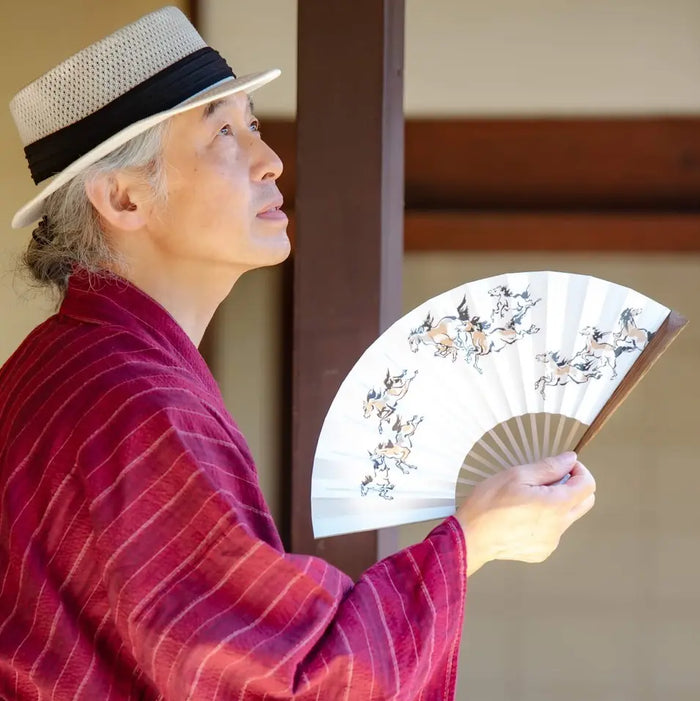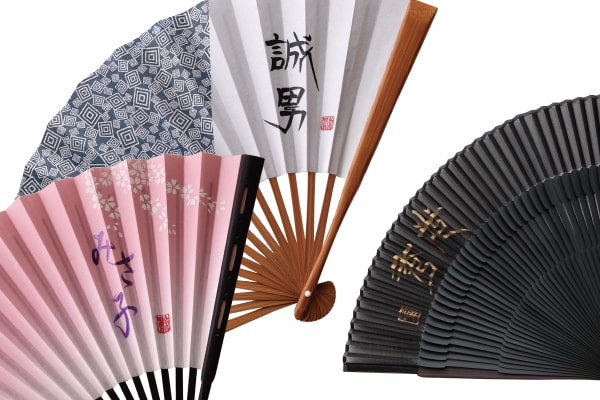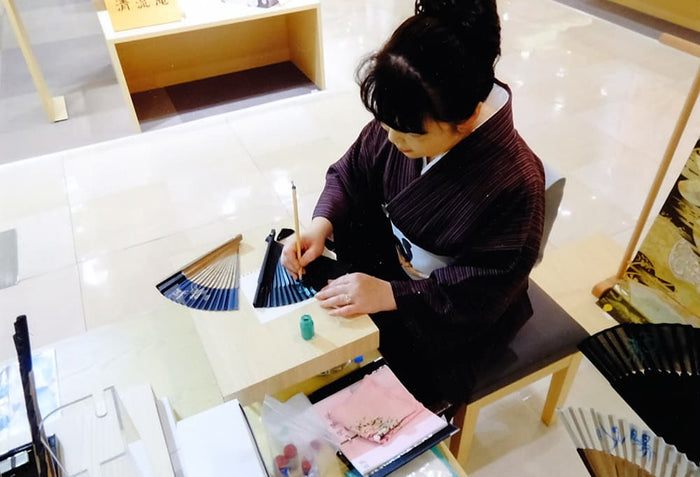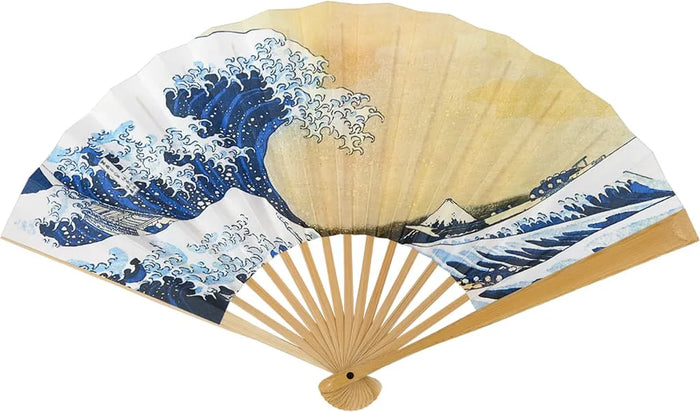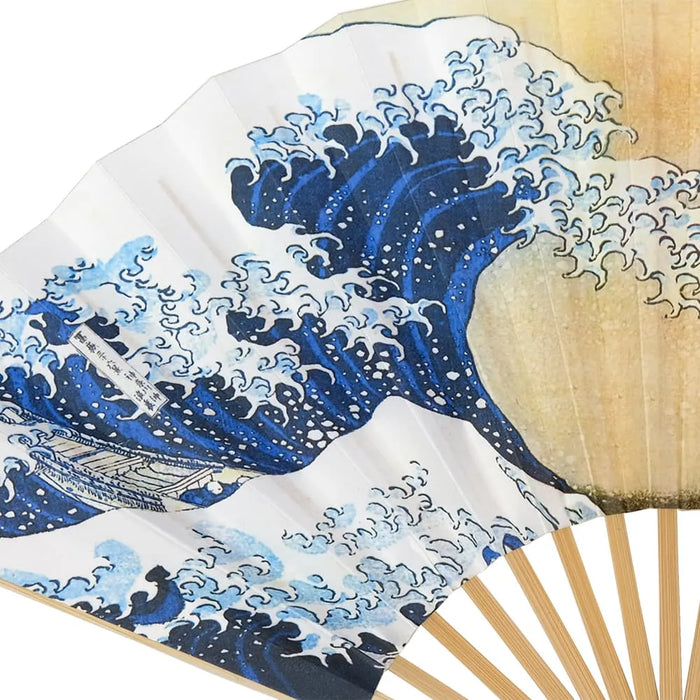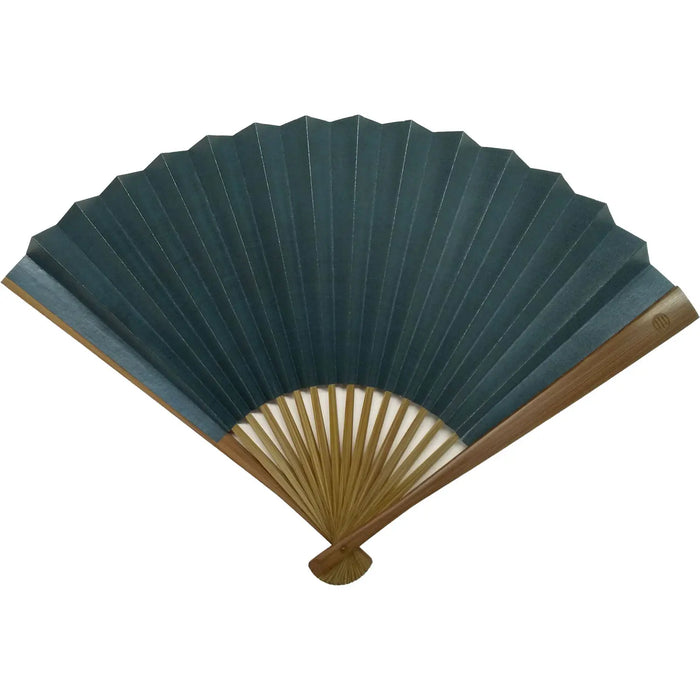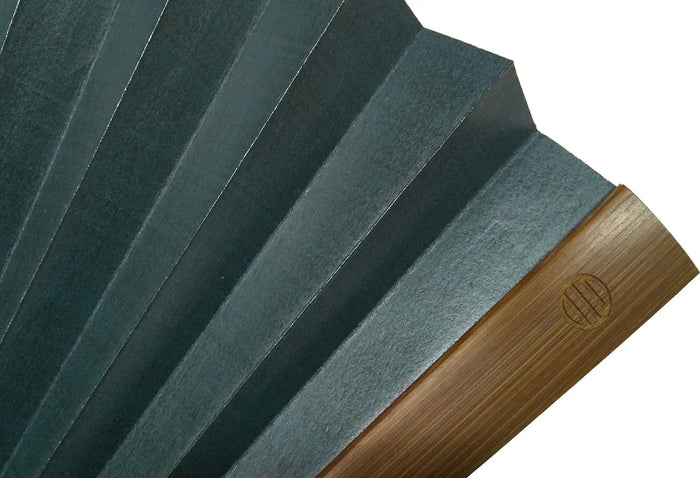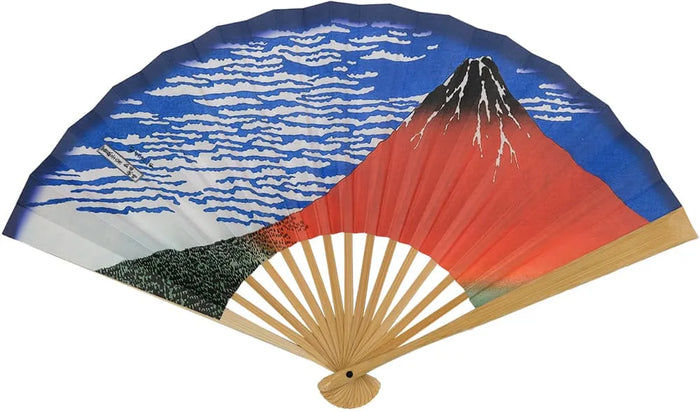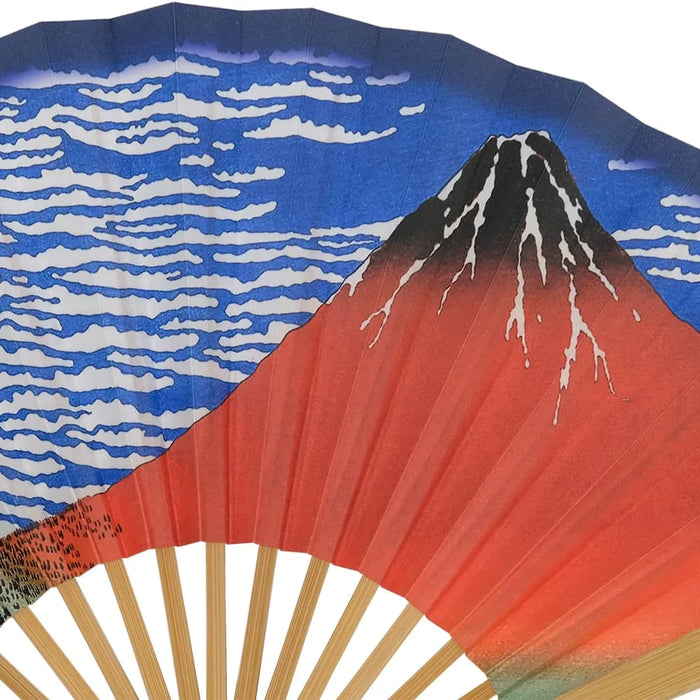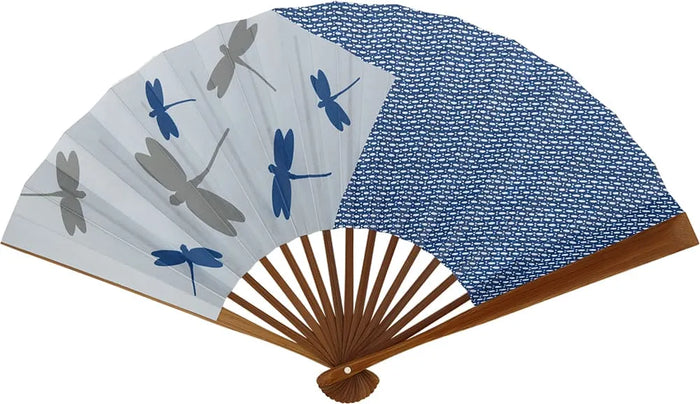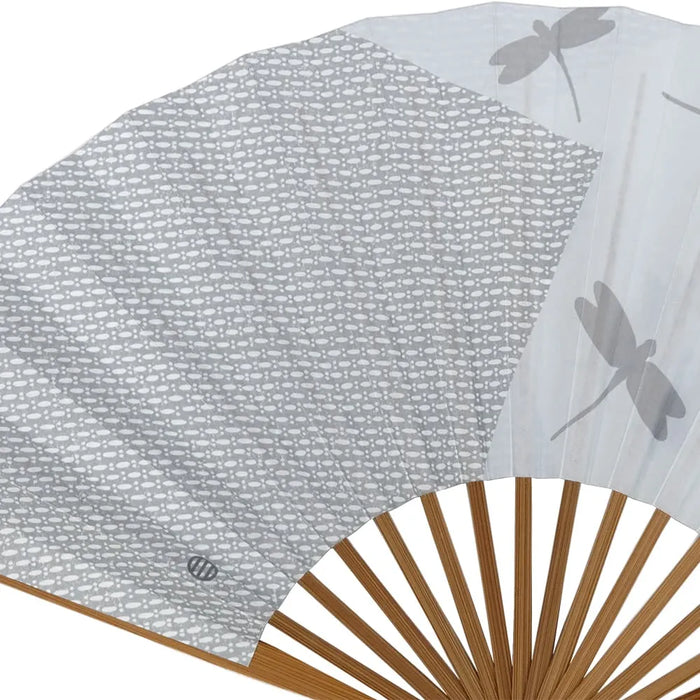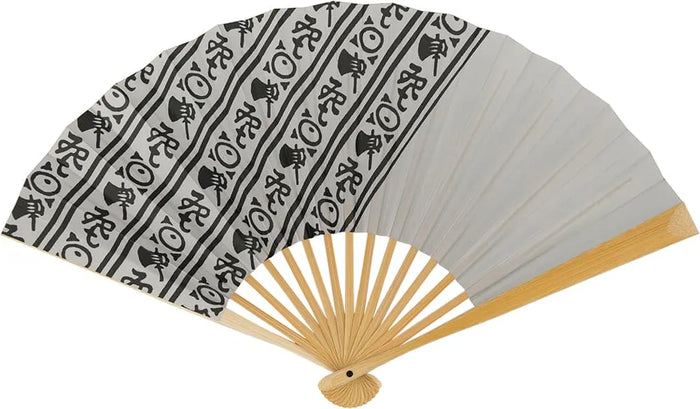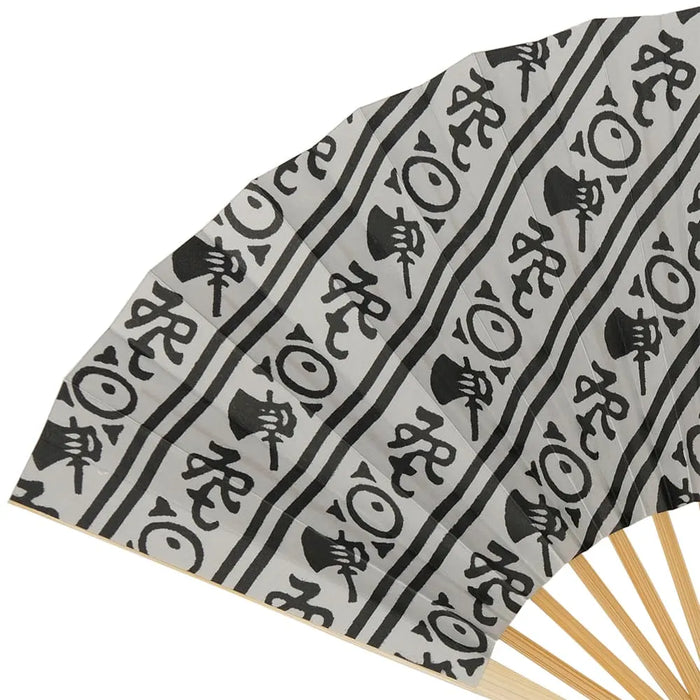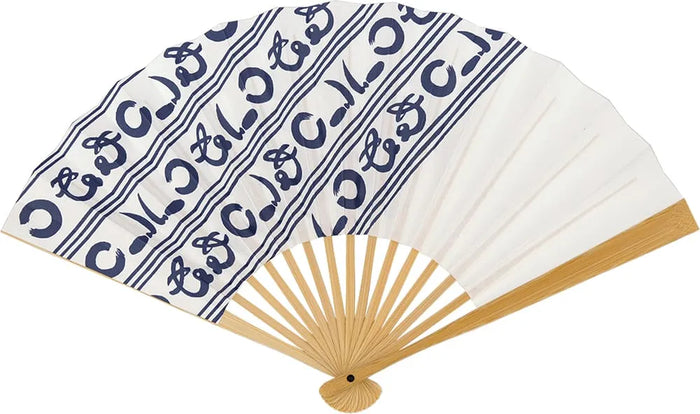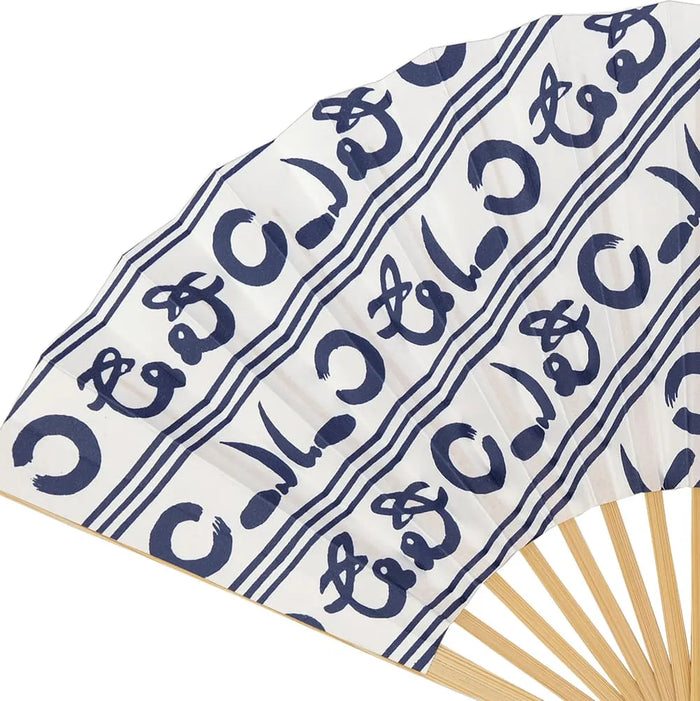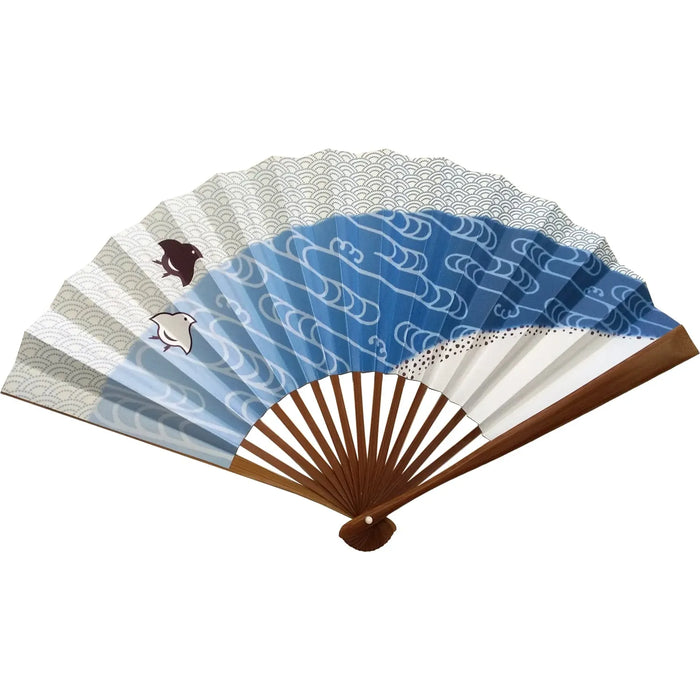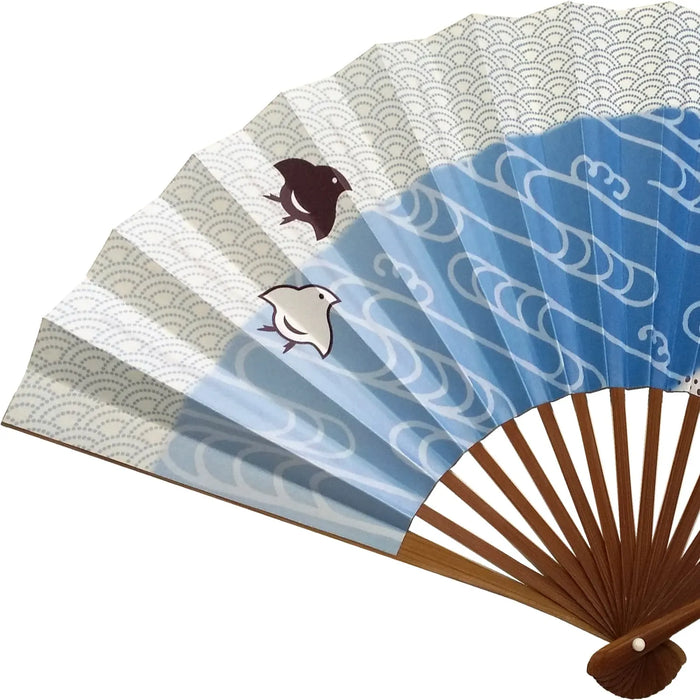Deepen your knowledge of events unique to Japan|List of traditional events and annual festivals
Japan has a variety of traditional events that are not found in other countries. Because of the four seasons of spring, summer, fall, and winter, many events and customs are unique to each season. In recent years, it is not uncommon for events that originated overseas to evolve into a uniquely Japanese style and take root in Japanese culture.
Here, we will introduce such Japanese-only events by season. We will also tell you about traditional events held at milestones in life. Let's take a fresh look at events that are familiar to Japanese people's lives.
Main Classifications of Japanese Events
There are various types of events in Japanese culture, including historical events that have been held since ancient times, annual events, and events that mark important milestones in one's life. At first, we will divide these Japanese events into "traditional events," "annual events," and "life rituals," and explain the characteristics of each.
Traditional Events
Traditional events are ceremonies that have a long history in Japan and continue to be held traditionally in the local community. Traditional events that take place at a fixed time each year include New Year's, Setsubun, and local festivals. There are also traditional events that are repeated in cycles of several years to several decades, such as "Shikinensai" at shrines and "Nenpai Hourei" in Buddhism.
Annual Events
Annual events are annual events that take place at a fixed time each year. Annual events include not only traditional Japanese ceremonies, but also a wide range of events that take place every year. For example, relatively new events that originated overseas, such as Valentine's Day and Halloween, are also annual events.
rites of life
Rites of life are ceremonies held to celebrate important milestones in life and the growth of children with family, friends, and other close people, as well as to pray for their healthy growth and safety. Some events, such as Shichigosan and Coming-of-Age Ceremonies, include visits to shrines and temples, family dinners, and photo shoots.
Traditional and annual spring events
April is the beginning of the school year, and it is also the season for starting a new life in a new environment, such as going on to higher education or finding a new job. Here are some of the traditional and annual spring events.
Girls' Festival
Hinamatsuri is a traditional Japanese festival to pray for the happiness and healthy growth of girls. It is held every year on March 3 and is also called "Momo no Sekku" (Peach Festival). On Hinamatsuri, it is common to celebrate by displaying dolls at home. Chirashi-zushi and clam soup, as well as other event foods such as hina-arare and hishimochi (water chestnuts rice cakes) are also eaten.
White Day
White Day is an event that originated in Japan and is held every year on March 14. It is a day for men who received chocolates on Valentine's Day to give something in return. While Valentine's Day is an event that originated overseas, White Day is said to have originated from the Japanese custom of giving gifts in return.
Hanami
Hanami is an event that Japanese people have long enjoyed in spring. Every year during the cherry blossom period from late March to early April, people go to places where cherry trees are in bloom and appreciate them with their close friends and family. Cherry blossoms were first seen in hanami during the Heian period (794-1185). It was a custom of the aristocracy at that time, but over time it spread to the general public as well.
Entrance and Entrance Ceremony
Entrance and initiation ceremonies are also held in other countries, but they differ from Japanese events in some respects. For example, while Japanese schools hold entrance ceremonies in April, entrance ceremonies in other countries are usually held in September. Also, unlike in Japan, where a large number of new graduates join a company all at once, it is not uncommon for a large number of people to participate in an induction ceremony overseas.
Children's Day
Children's Day is a day dedicated to the well-being of all children. In member countries of the United Nations, each country has its own Children's Day, which is celebrated according to the culture of the country. In Japan, Children's Day is celebrated on May 5 every year and is designated as a national holiday.
Dragon Boat Festival
Tango-no Sekku is a traditional Japanese festival to pray for the happiness and healthy growth of boys. It is held every year on May 5 and is the origin of Children's Day in Japan. On Tango-no Sekku, people eat food such as chimaki and kashiwa-mochi (rice cakes wrapped in oak leaves), display Gogatsu dolls and carp streamers at home, and bathe in iris baths.
Mother's Day
Mother's Day is a day to express gratitude to mothers. Originating in the United States and spreading throughout the world, it has taken root as an annual event in Japan. The dates and gifts for Mother's Day vary from country to country, but Japan shares with the U.S. in that red carnations are given on the second Sunday of May each year.
Claude Monet, "La Japonaise"folding fan
- Regular
- ¥6,600
- Sale
- ¥6,600
- Regular
-
- Unit Price
- per
Traditional pattern, specially selected Edofolding fanSet in paulownia box, blue sea wave
- Regular
- ¥22,000
- Sale
- ¥22,000
- Regular
-
¥7,370
- Unit Price
- per
Edo folding fan set, 6 gourds (Mubai) No.11
- Regular
- ¥11,330
- Sale
- ¥11,330
- Regular
-
¥7,920
- Unit Price
- per
Edo folding fan No.10 Ukiyoe, cat-owner's favorite 53 cats, under Kuniyoshi
- Regular
- ¥6,600
- Sale
- ¥6,600
- Regular
-
¥4,510
- Unit Price
- per
Edo fan No.30, hemp leaf, ball, light red
- Regular
- ¥9,350
- Sale
- ¥9,350
- Regular
-
¥5,940
- Unit Price
- per
Shimebiki fan, double-sided, purple [Reprinted in Japanese lacquer] with paulownia box and pouch, 7.5cm
- Regular
- ¥44,000
- Sale
- ¥44,000
- Regular
-
- Unit Price
- per
Edo fan set No.30, Asanoha, Ball, light red, in paper box
- Regular
- ¥11,330
- Sale
- ¥11,330
- Regular
-
¥7,370
- Unit Price
- per
Edo fan No.7 Ukiyoe, cat's guess character Kuniyoshi
- Regular
- ¥6,600
- Sale
- ¥6,600
- Regular
-
¥4,510
- Unit Price
- per
Summer Traditions and Annual Events
Summer is a time when nature comes alive under the strong sunlight. Summer festivals unique to each region are held throughout Japan, and many people enjoy summer leisure activities at the beach or in the mountains. Here we introduce some of the traditional and annual summer events.
Father's Day
Father's Day is a day to express gratitude to fathers. It originated in the U.S. as well and spread around the world after Mother's Day was established. It falls on the third Sunday of June each year, and yellow roses are the standard gift in the United States. In contrast, in Japan, gifts such as neckties and sake tend to be chosen.
Tanabata
The Tanabata Festival is a traditional Japanese annual event held on July 7 each year. The Japanese custom was based on the Tanabata legend that came from China. The Tanabata legend is the story of Orihime and Hikoboshi, who were allowed to meet across the Milky Way only once a year. On Tanabata day, people decorate tanzaku, strips of paper on which they have written their wishes, on bamboo branches and offer prayers.
Summer Festival
Summer festivals refer to all festivals held in summer and are a seasonal tradition throughout Japan. In Japan, many festivals are held in summer, and it is believed that this is to pray to the gods to prevent epidemics and typhoons from spreading. The highlight of summer festivals is lively entertainment such as musical performances and portable shrines.
Fireworks Display
Fireworks festivals are often held every summer in Japan. Fireworks displays in Japan are believed to have originated in the Edo period (1603-1867) as a way to pray for the repose of the souls of the many people who died from epidemics and famines, as well as to pray for the eradication of bad luck. Today, it has become a popular event throughout the country as a culture of cool evenings unique to the hot season.
Doyou no Ushi (day of the ox)
Doyou no Ushi is the custom of eating eels to gain strength during the change of seasons. Generally, it refers to the day in the summer Doyou period (i.e., the 18 days just before Risshatsu) that corresponds to the "Ox" in the twelve signs of the Chinese zodiac on the calendar. It is said that Hiraga Gennai invented this custom in the Edo period (1603-1867) as an advertisement for eel restaurants, whose sales were slow in the summer.
Obon
Obon is the custom of making offerings to ancestors. It is based on the Buddhist event "Urabon-e. The dates of Obon in Japan vary from region to region, but it is usually held around July 13-16 or August 13-16 each year. Memorial services are held by visiting graves, Buddhist memorial services at temples, and dedication of Bon dances.
Bon Festival in the middle of the year
Ochugen is the custom of giving gifts to those who have taken care of you as a token of gratitude. It is based on the Chinese Taoist custom of "Sangen," and gifts are given around July 15, which is the time of year known as "Chugen. The date varies from region to region, and summery gifts such as fruits and somen noodles are often chosen to make people feel cool in the hot summer.
Shikebiki fanKASUMI, double-sided, blue, 7.5folding fanSet of 2 bags in a paper box
- Regular
- ¥10,780
- Sale
- ¥10,780
- Regular
-
¥9,130
- Unit Price
- per
Shikebiki fanKasumi, both sides, purple, 7.5folding fanSet of 2 bags in a paper box
- Regular
- ¥10,780
- Sale
- ¥10,780
- Regular
-
¥9,130
- Unit Price
- per
folding fan&folding fanSet of bags Convoy Tsubame
- Regular
- ¥3,740
- Sale
- ¥3,740
- Regular
-
¥3,740
- Unit Price
- per
folding fan&folding fanBag set - Blessing turtle
- Regular
- ¥3,740
- Sale
- ¥3,740
- Regular
-
¥3,740
- Unit Price
- per
folding fan&folding fanBag set, summer haze, navy blue
- Regular
- ¥10,780
- Sale
- ¥10,780
- Regular
-
¥9,900
- Unit Price
- per
folding fan&folding fanSet of bags, summer haze, light purple
- Regular
- ¥10,780
- Sale
- ¥10,780
- Regular
-
¥9,900
- Unit Price
- per
Edo Fan Set, Dragonfly, Blue No.24
- Regular
- ¥11,330
- Sale
- ¥11,330
- Regular
-
¥9,900
- Unit Price
- per
Edo fan set, No.15, Bakku-go (Going well)
- Regular
- ¥8,580
- Sale
- ¥8,580
- Regular
-
¥8,250
- Unit Price
- per
2024 Great Full Moon Fan No.2
- Regular
- ¥3,850
- Sale
- ¥3,850
- Regular
-
¥2,640
- Unit Price
- per
Mid full moon fan No.3
- Regular
- ¥2,200
- Sale
- ¥2,200
- Regular
-
¥2,200
- Unit Price
- per
Box and fan stand set for large-sized fans
- Regular
- ¥4,620
- Sale
- ¥4,620
- Regular
-
¥4,400
- Unit Price
- per
Tatoo for Uchiwa
- Regular
- ¥440
- Sale
- ¥440
- Regular
-
¥330
- Unit Price
- per
Mameuchi fan with bell, set of 6
- Regular
- ¥660
- Sale
- ¥660
- Regular
-
¥0
- Unit Price
- per
Mameuchi fan with bell, set of 6
- Regular
- ¥660
- Sale
- ¥660
- Regular
-
¥0
- Unit Price
- per
Mameuchi fan with bell, set of 6
- Regular
- ¥660
- Sale
- ¥660
- Regular
-
¥0
- Unit Price
- per
Mameuchi fan with bell, set of 6
- Regular
- ¥660
- Sale
- ¥660
- Regular
-
¥0
- Unit Price
- per
Traditional and Annual Autumn Events
Autumn is the season when the air becomes clearer and the leaves gradually change color. The heat eases and the days become cooler and more comfortable. It is also the season of harvest, and there is an abundance of delicious food that comes into season during this time of year. Here are some of the traditional and annual autumn events.
Moon-watching
Tsukimi is an event to pray for a good harvest while appreciating the most beautiful autumn moon of the year. It is held on the night of "Fifteen Nights," which falls in mid-September to early October every year. The fifteenth night of the lunar calendar falls on August 15. Originally, this custom came from China, but in Japan, it is customary to offer moon-viewing dumplings and decorate them with silver grass.
Chou-you-no-Sekku (Festival of Chou-you)
Chou-you-no-Sekku is an annual event held on September 9. This is a Chinese festival that coincides with the number 9, which is considered auspicious, and the custom of praying for good health and longevity has taken root in Japan as well. In addition to appreciating chrysanthemum flowers, which are at their best at this time of the year, people drink chrysanthemum-soaked sake and take a chrysanthemum bath to drive away evil spirits.
Autumnal equinox
Ohigan is a Buddhist event that is said to have originated in Japan. It is held every year in spring and fall, and the three days before and after the national holidays of "vernal equinox" and "autumnal equinox," respectively, are the period of the Ohigan. On this day, people make offerings to their ancestors by visiting graves, making offerings, and cleaning Buddhist altars and utensils.
Autumn leaf viewing
Autumn leaf viewing refers to going out to appreciate the beautifully colored autumn leaves. It is said to have originated in the culture of aristocrats during the Heian period (794-1185), and has been enjoyed by the general public over time. During the autumn-leaf viewing season, more and more people go to the mountains, and many places famous for their autumn foliage throughout Japan become crowded with people.
Halloween
Halloween is a festival that originated in Europe and is celebrated every year on October 31. In other countries, there is a custom of decorating lanterns made of pumpkins and children dressed up as ghosts and witches to receive sweets. In modern Japan, on the other hand, events in which people dress up in costumes and parade through the streets have become popular, giving rise to a unique Halloween culture.
Tori-no-ichi (Cock Fair)
Tori-noichi is a festival held in the Kanto region every November on the day of the "rooster" in the Chinese zodiac. It is held at shrines of the Otori faith, and rakes, a good-luck charm for prosperous business, are sold at open-air stands. Since it is believed to bring good luck if you bargain to buy a rake at a low price, the lively scene of many customers negotiating business is a highlight of the festival.
Niinamesai Festival
The Niinamesai Festival is a festival dedicated to giving thanks for the harvest. It is one of the most important festivals in Japan, where rice cultivation has been practiced since ancient times, and is held on November 23 every year. In the fall, when the ears of rice are harvested, people give thanks to the gods for the harvest and pray for a good crop the following year by offering the grains harvested that year to the gods.
Traditional and annual winter events
Winter continues to be bitterly cold. In some areas, snow falls and a pure white world spreads out. In January, people celebrate the New Year. The year-end and New Year's holidays are a busy and lively time of year. Here are some of the traditional winter events and annual festivities.
Winter Solstice
The winter solstice is the day of the year when the day is shortest and the night is longest. It comes around December 22 every year. In Japan, there is a custom to eat pumpkin with high nutritional value and take a yuzu (citron) bath to warm the body to prevent colds. It is also a day that has a meaning that things will turn around for the better, as spring will arrive after the winter solstice.
Christmas
Christmas is a Christian festival, celebrating the Nativity of Christ on December 25. In other countries, it is common to go to church mass and spend the day quietly with family. On the other hand, Christmas in Japan has become its own unique event, with people going out for dinner with their loved ones and giving gifts to their children.
Year-end gifts
The custom of giving gifts at the end of the year to express gratitude to those who have taken care of you during the year. It varies from region to region, but it is given between the beginning of December and New Year's Eve. Compared to the mid-year gift, the year-end gift tends to be more expensive.
Susu Payments
Susubarai is a custom to clean the house around December 13 before the New Year. Originally, it was meant to remove the dirt of the year in order to welcome the gods of the New Year. In recent years, many households have begun to conduct year-end "big cleaning" as an opportunity to clean their homes in order to welcome the New Year with a good feeling.
New Year's Eve
New Year's Eve is the last day of the year, December 31. There are many different ways to spend New Year's Eve around the world. On New Year's Eve in Japan, people eat New Year's soba (buckwheat noodles) for good luck and ring the New Year's bell 108 times at temples to remove all worldly desires.
New Year's Day
Oshogatsu is the period from January 1 to 7, when the New Year begins. New Year's celebrations are held in many countries around the world, but Japan has its own customs. For example, decorating kadomatsu and kagamimochi to welcome the gods, eating osechi dishes to express wishes for good health, and giving New Year's money to children are just a few examples.
Setsubun
Setsubun is an annual event held on February 3. It is the day before February 4, the first day of spring, and is meant to ward off evil spirits and pray for good health and survival. On Setsubun, people throw beans while shouting "Oni wa soto, Fuku wa ine" (devil is outside, good fortune is inside). In recent years, the culture of eating ehomaki (rolls with a lucky omen) facing the direction of good fortune has also taken root.
Valentine's Day
Valentine's Day is an event that originated overseas and is celebrated worldwide as a day for lovers to pledge their love to each other. In Japan, a unique culture has taken root as a day for women to confess their love by giving chocolates. This is a characteristic found only in Japan, where chocolate has become a standard gift item.
Ukiyoe woodblock print fan, Hokusai "Fugaku Sanjurokkei" (Thirty-six views of Mt. Fuji), Red Fuji, with box and fan stand
- Regular
- ¥33,000
- Sale
- ¥33,000
- Regular
-
¥18,700
- Unit Price
- per
Ukiyo-e Woodblock print fan, Fugaku Sanjurokkei Hokusai, Kanagawa-oki Namiura, with box and fan stand
- Regular
- ¥33,000
- Sale
- ¥33,000
- Regular
-
¥24,200
- Unit Price
- per
7-8 Hon-Momi Foil Pine, Bamboo, Plum / Nanten
- Regular
- ¥38,500
- Sale
- ¥38,500
- Regular
-
¥23,100
- Unit Price
- per
7-2 Honmomi Foil Red and White Plum / Magnolia
- Regular
- ¥38,500
- Sale
- ¥38,500
- Regular
-
¥23,100
- Unit Price
- per
7-1 Honmofuji Foil Spring Mt./Autumn Mt.
- Regular
- ¥38,500
- Sale
- ¥38,500
- Regular
-
¥23,100
- Unit Price
- per
7-9 Honmomi foil, bamboo with red and white plum blossoms / old pine tree
- Regular
- ¥34,100
- Sale
- ¥34,100
- Regular
-
¥19,800
- Unit Price
- per
Fan stand for 9" decorative fans, tame urushi, large size
- Regular
- ¥9,680
- Sale
- ¥9,680
- Regular
-
¥3,850
- Unit Price
- per
Black Urushi fan stand for 9" decorative fans, large size
- Regular
- ¥9,680
- Sale
- ¥9,680
- Regular
-
¥8,580
- Unit Price
- per
A traditional event to mark a milestone in life
Life is full of important life events. Some of these major milestones are celebrated in traditional ways rooted in Japanese culture. Finally, we would like to introduce some of the traditional events that are held to mark life's milestones.
Omusai (visit to the shrine)
Omiya-sai is an event to visit shrines and temples when the baby is around one month old. The family may pray for the baby's healthy growth. It is also not uncommon for families and relatives to get together for a dinner party and commemorative photos.
Shichigosan
Shichigosan is an annual event to visit shrines and temples around November 15 to pray for the healthy growth of children. It is called "Shichi-Go-San" because it is held at the turning points when children turn 3, 5, and 7 years old. In addition to receiving prayers as a family, it is common to celebrate with a dinner party and commemorative photo shoot.
Coming-of-Age Ceremony
The Coming-of-Age Ceremony is held on the national holiday "Seijin no Hi" (Coming-of-Age Day) on the second Monday of January, and ceremonies are held by local governments throughout Japan to celebrate young people who have turned 20 and have joined the ranks of adults. New adults celebrate by wearing furisode (long-sleeved kimono) or hakama (traditional Japanese male dress), participating in the ceremony, and having commemorative photos taken in their formal, sunny clothes.
Conclusion of a marriage
A yuninoh is an engagement ceremony in which money and goods are handed over by the families of the two engaged couples. The male family member gives the betrothal money and the betrothal gift, and the female family member gives a letter of acceptance, signifying the union of the two families. In recent years, it is not uncommon to hold a simple ceremony of "yuninou" or to omit the ceremony and hold a dinner party for both families to meet each other.
Longevity Celebrations
Longevity celebration is an event to celebrate the longevity of family members who have reached a certain age. One of the most famous longevity celebrations is the "kanreki" (60th birthday), which is celebrated at the age of 61 (full 60 years of age). The color of the celebration clothes is determined for each milestone, and it is customary to wear a red "chanchanko" when celebrating the kanreki (60th birthday).
To ward off bad luck
Yakuwake is to pray at shrines and temples for the exorcism of bad luck in the "yaku-nen," the age when misfortunes and calamities are said to be more frequent. There are three bad years: the "Honyaku" year (the main year of bad luck), and the "Maeyaku" and "Goyaku" years preceding and following it. The age of the bad luck year differs for men and women.
Edo fan set, No.15, Bakku-go (Going well)
- Regular
- ¥8,580
- Sale
- ¥8,580
- Regular
-
¥8,250
- Unit Price
- per
Edo folding fan No.15 "Bakku go (It will go well)
- Regular
- ¥6,600
- Sale
- ¥6,600
- Regular
-
¥6,270
- Unit Price
- per
personalized folding fan
- Regular
- ¥4,400
- Sale
- ¥4,400
- Regular
-
- Unit Price
- per
Edo fan No.2 Ukiyoe: Fugaku Sanjurokkei Hokusai, Kanagawa-oki Namiura
- Regular
- ¥6,600
- Sale
- ¥6,600
- Regular
-
¥4,510
- Unit Price
- per
Kakishibu folding fan, blue
- Regular
- ¥9,900
- Sale
- ¥9,900
- Regular
-
- Unit Price
- per
Edo folding fan set, 6 gourds (Mubai) No.11
- Regular
- ¥11,330
- Sale
- ¥11,330
- Regular
-
¥7,920
- Unit Price
- per
Edo Fan Set, Dragonfly, Blue No.24
- Regular
- ¥11,330
- Sale
- ¥11,330
- Regular
-
¥9,900
- Unit Price
- per
Edo folding fan No.1 Ukiyoe: Fugaku Sanjurokkei Hokusai, Triumphant and Clear Red Fuji
- Regular
- ¥6,600
- Sale
- ¥6,600
- Regular
-
¥4,510
- Unit Price
- per
Edo fan set, No.15, Bakku-go (Going well)
- Regular
- ¥8,580
- Sale
- ¥8,580
- Regular
-
¥8,250
- Unit Price
- per
Edo folding fan set, 6 gourds (Mubai) No.11
- Regular
- ¥11,330
- Sale
- ¥11,330
- Regular
-
¥7,920
- Unit Price
- per
Edo Fan Set, Dragonfly, Blue No.24
- Regular
- ¥11,330
- Sale
- ¥11,330
- Regular
-
¥9,900
- Unit Price
- per
Edo fan No.30, hemp leaf, ball, light red
- Regular
- ¥9,350
- Sale
- ¥9,350
- Regular
-
¥5,940
- Unit Price
- per
Edo Senko No.24 Double-sided Pattern Dragonfly Blue
- Regular
- ¥9,350
- Sale
- ¥9,350
- Regular
-
¥7,920
- Unit Price
- per
Edo fan No.20 "Yokikotokiku
- Regular
- ¥6,600
- Sale
- ¥6,600
- Regular
-
¥4,510
- Unit Price
- per
Edo fan No.21, Kamawanu, navy blue
- Regular
- ¥6,600
- Sale
- ¥6,600
- Regular
-
¥4,510
- Unit Price
- per
Edo Senko No.29 Double-sided Pattern Nami Chidori Blue Sea Wave
- Regular
- ¥9,350
- Sale
- ¥9,350
- Regular
-
¥6,930
- Unit Price
- per
Enjoy uniquely Japanese events held at seasonal and life milestones!
In this issue, we have explained about events that are unique to Japan. Some of the annual events are rituals that have continued traditionally in Japan, while others originated in foreign countries, were introduced to Japan, and have evolved in their own unique way. All of these events are now generally enjoyed by many people as seasonal traditions. Why not enjoy these seasonal and life-celebrating events while thinking about their origins and meanings?

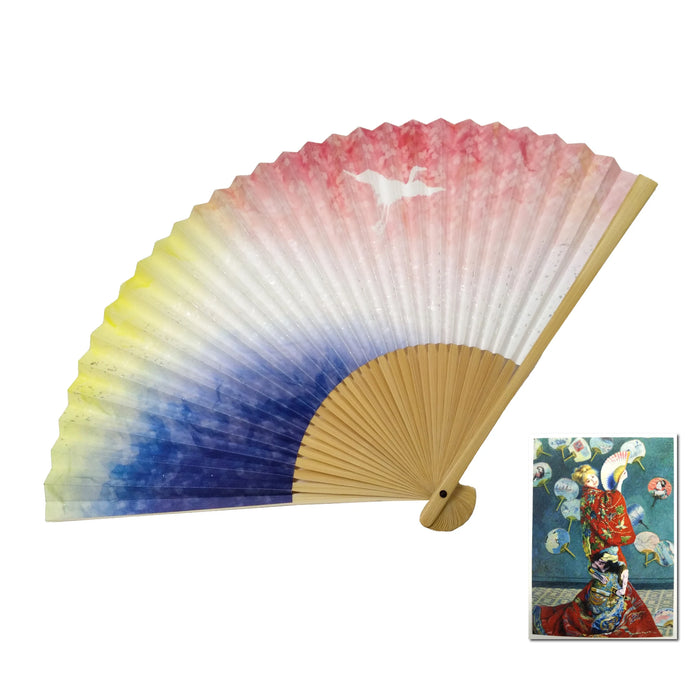
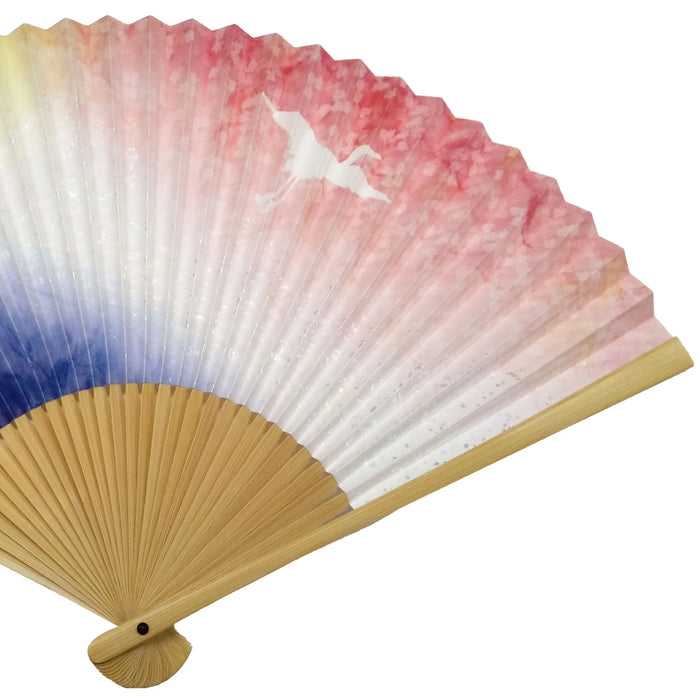
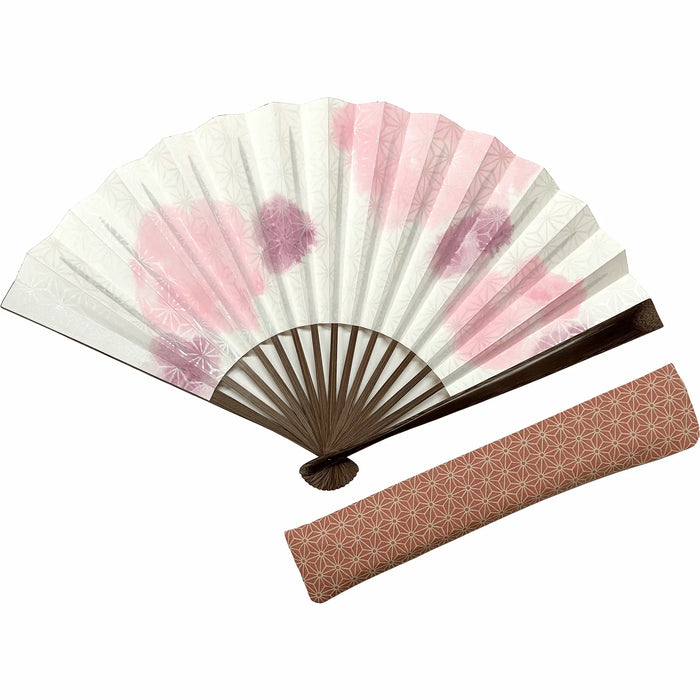
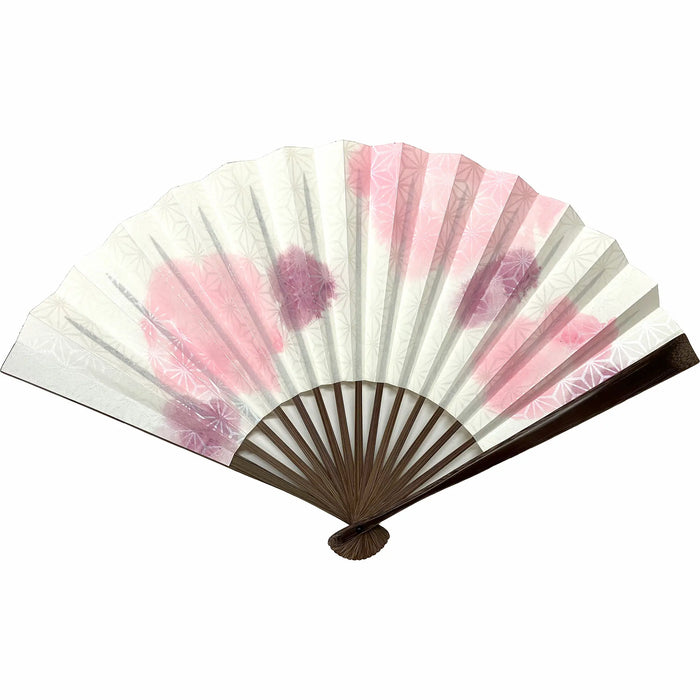
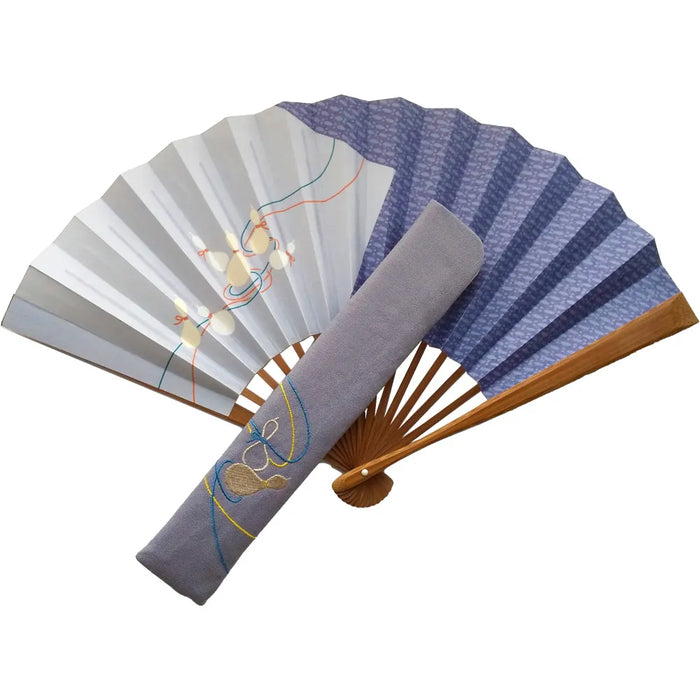
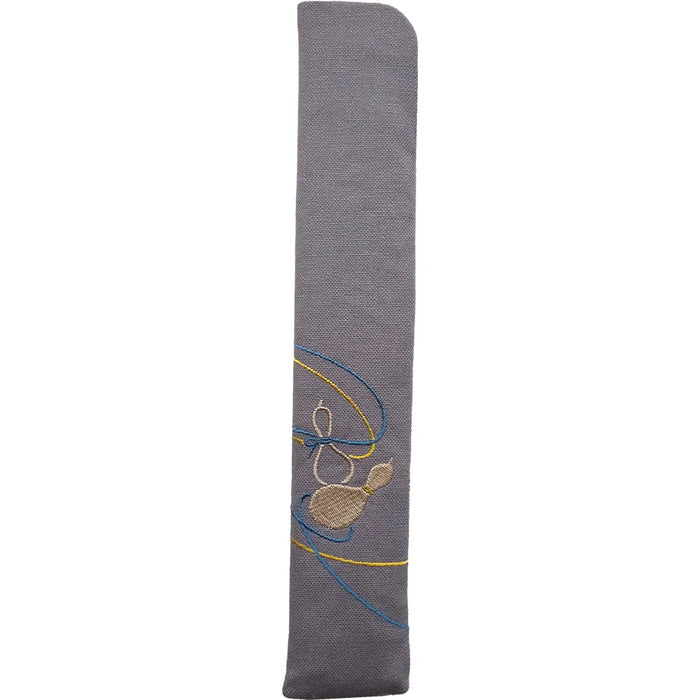
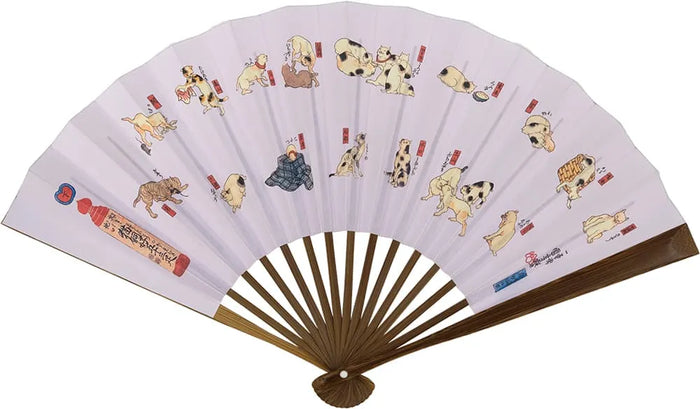
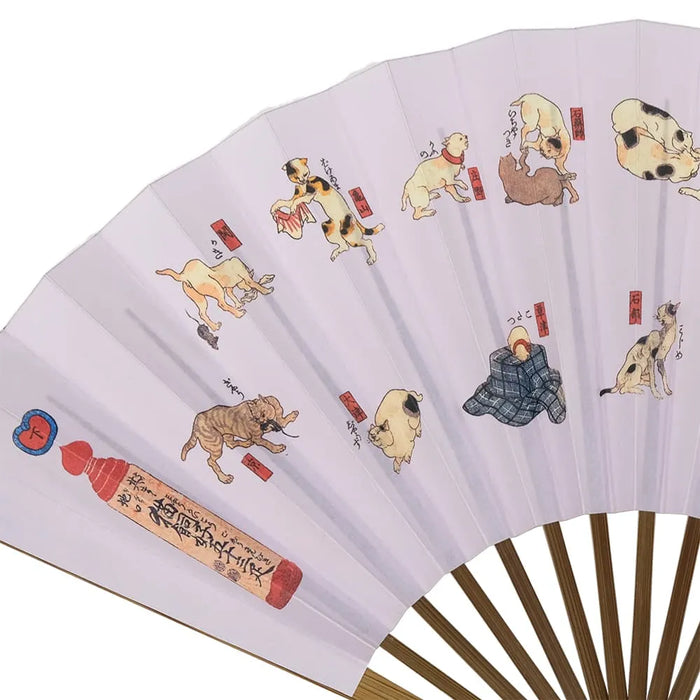
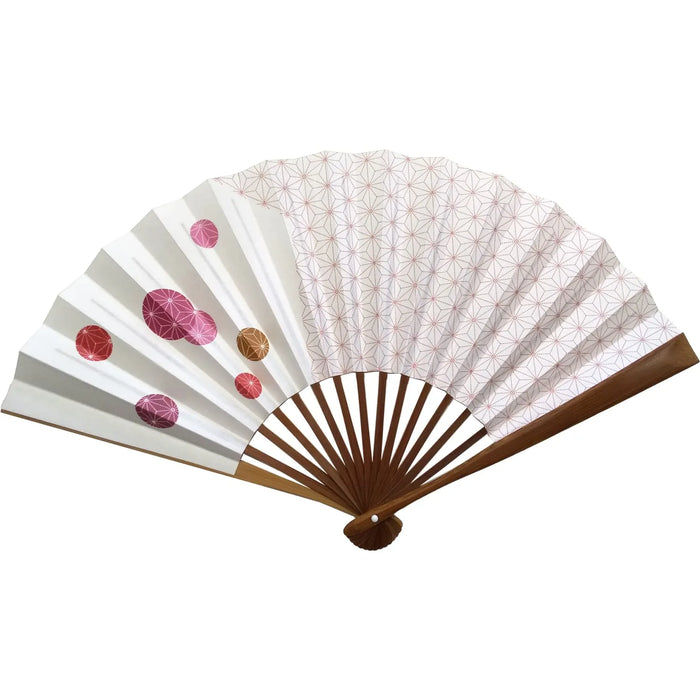
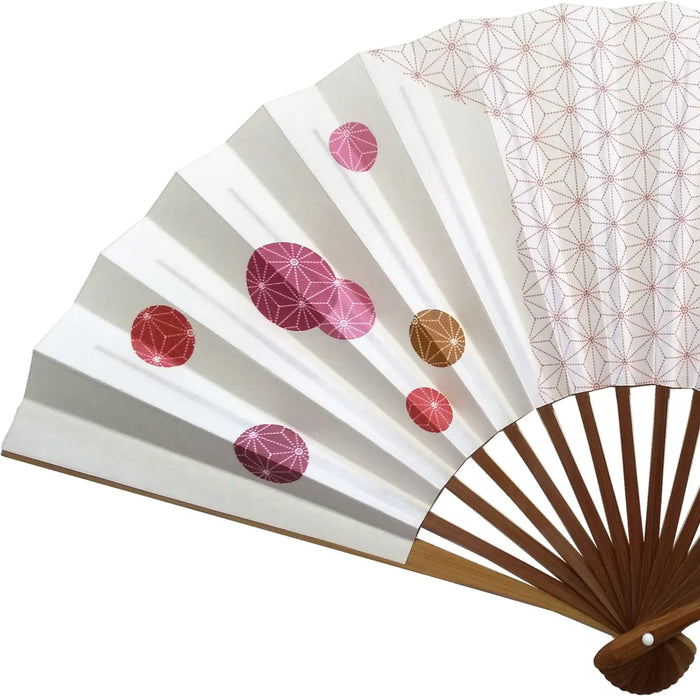
![Shimebiki fan, double-sided, purple [Reprinted in Japanese lacquer] with paulownia box and pouch, 7.5cm](http://www.ibasen.co.jp/cdn/shop/products/shikebiki-special.webp?v=1679287959&width=700)
![Shimebiki fan, double-sided, purple [Reprinted in Japanese lacquer] with paulownia box and pouch, 7.5cm](http://www.ibasen.co.jp/cdn/shop/products/shikebiki-special-back.webp?v=1679287959&width=700)
